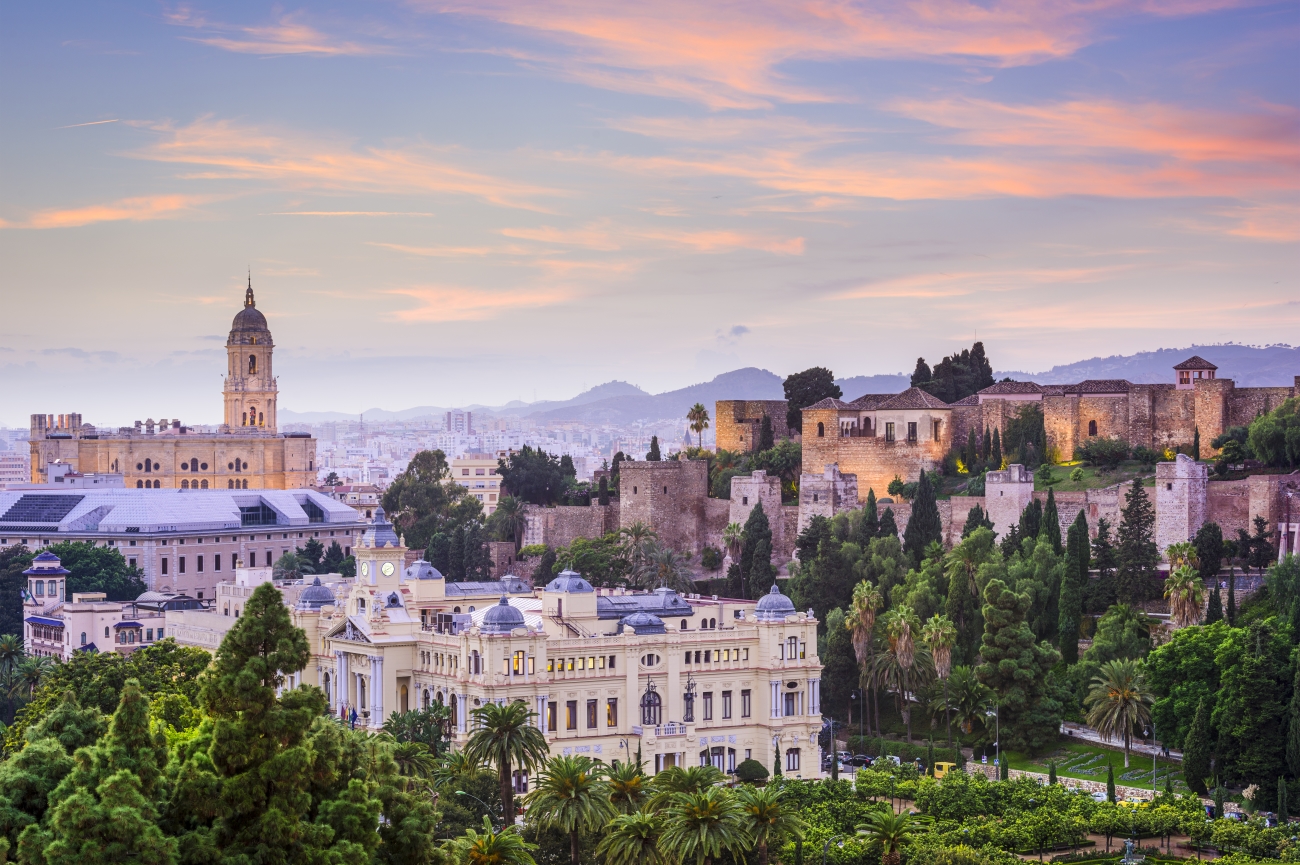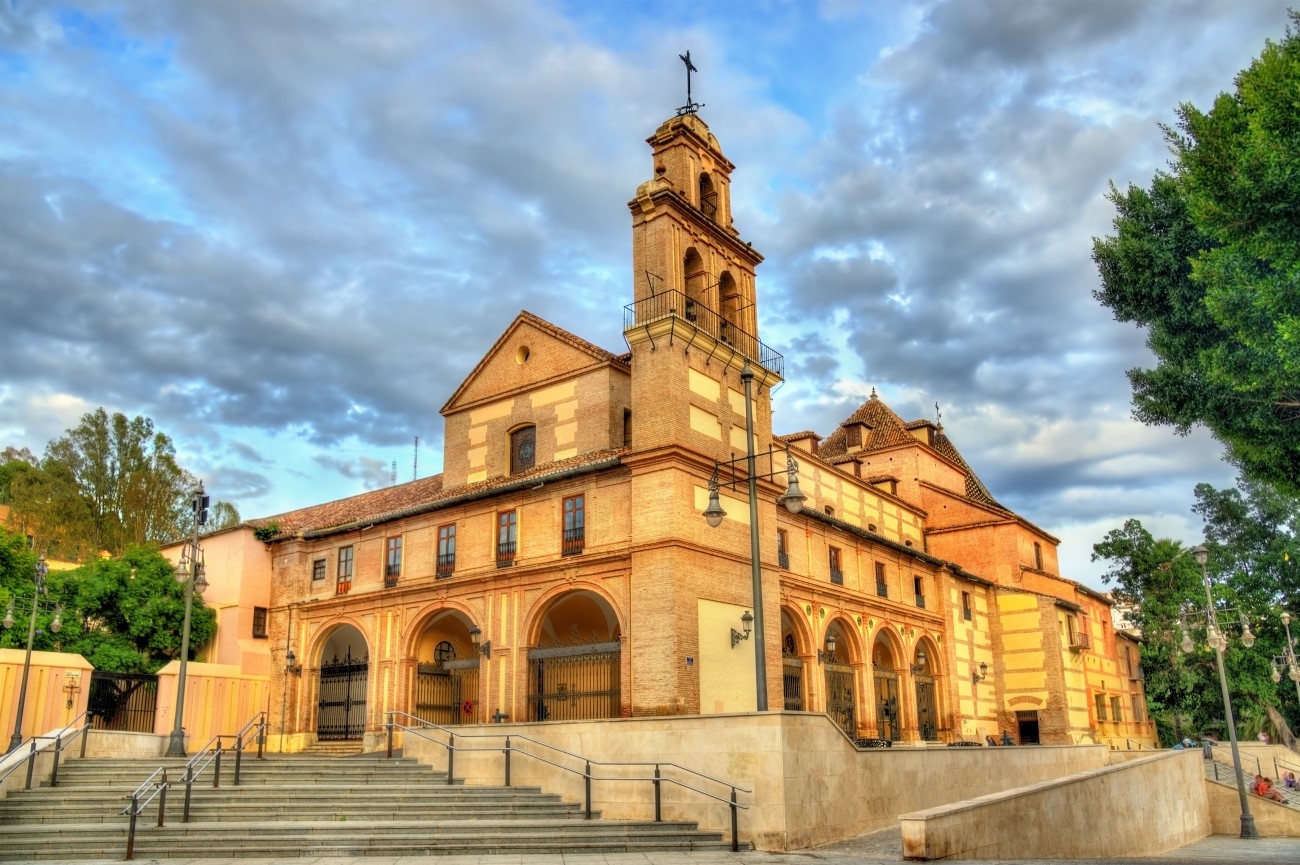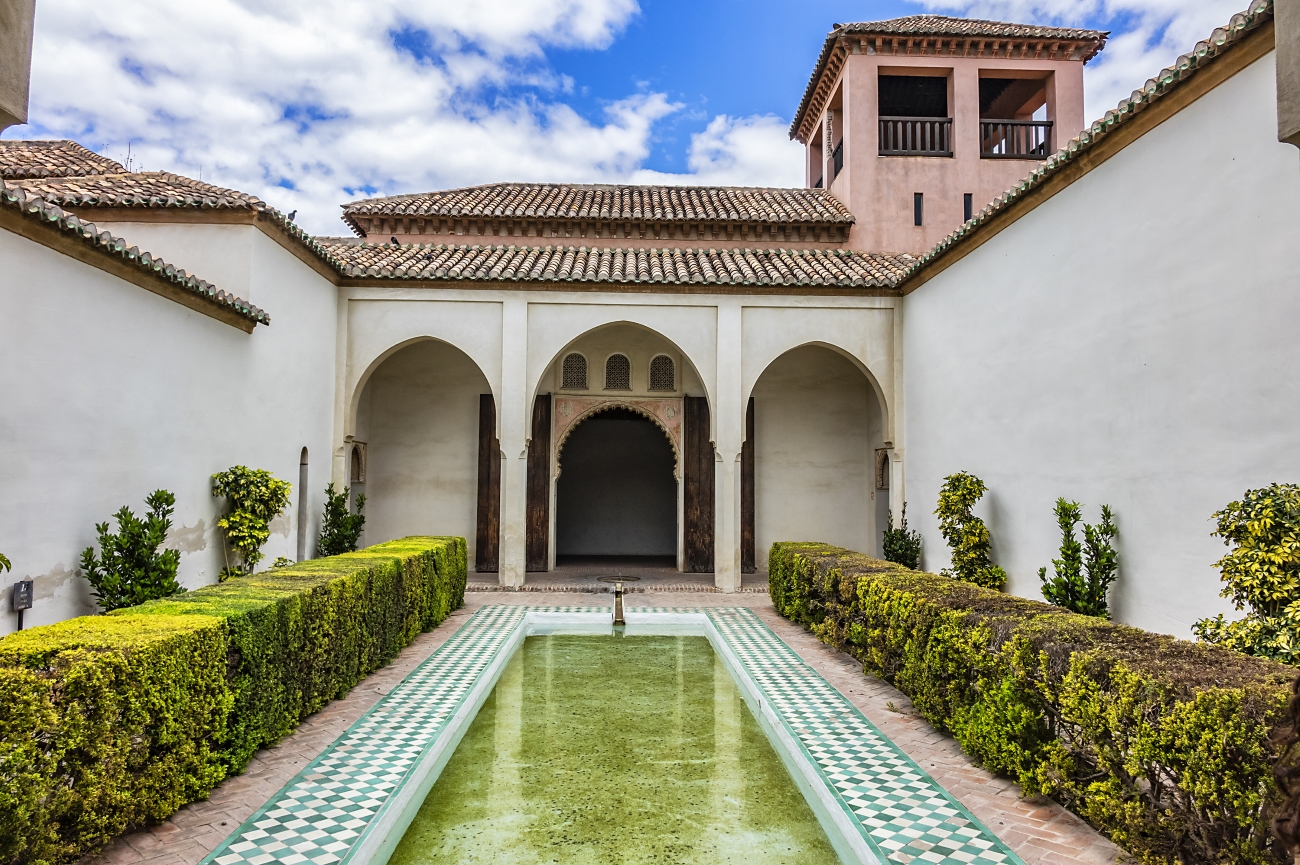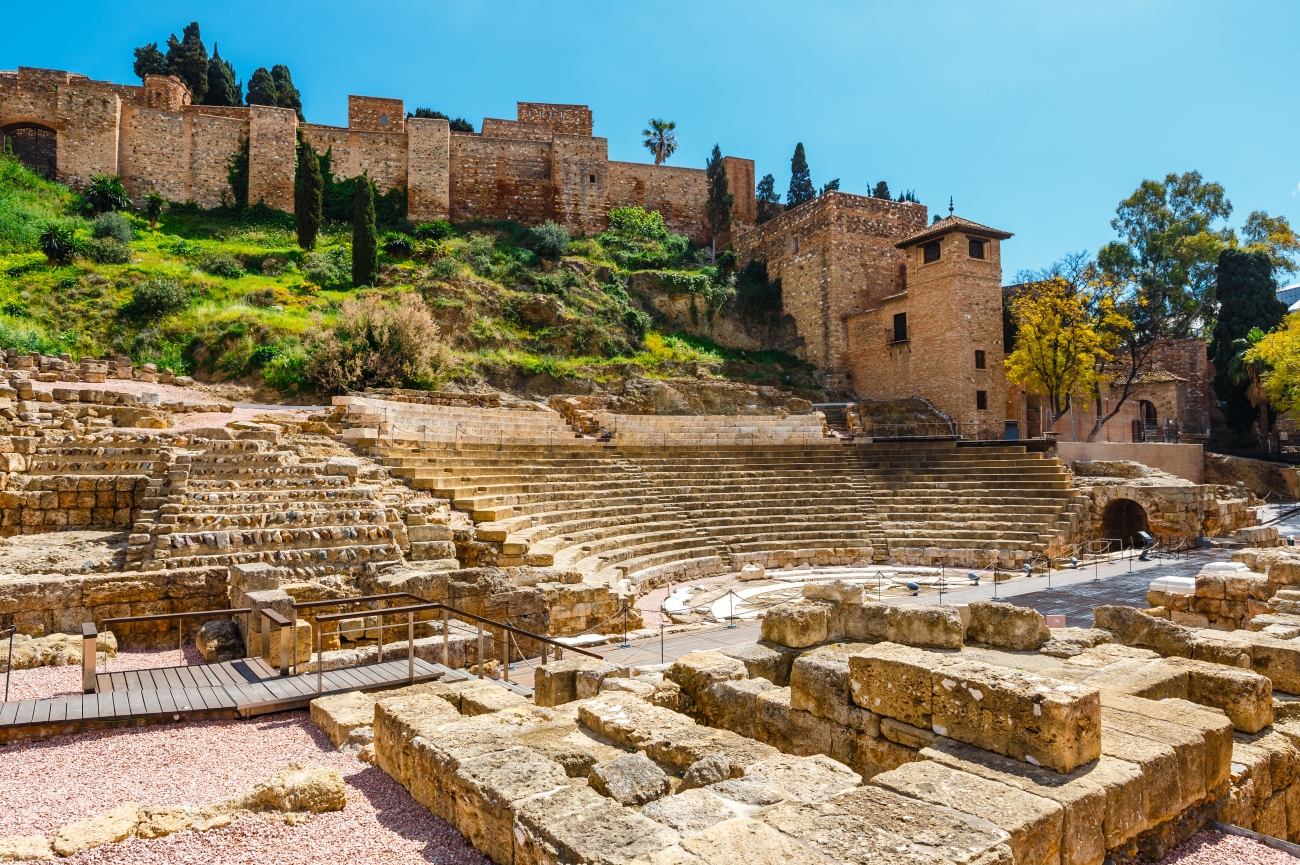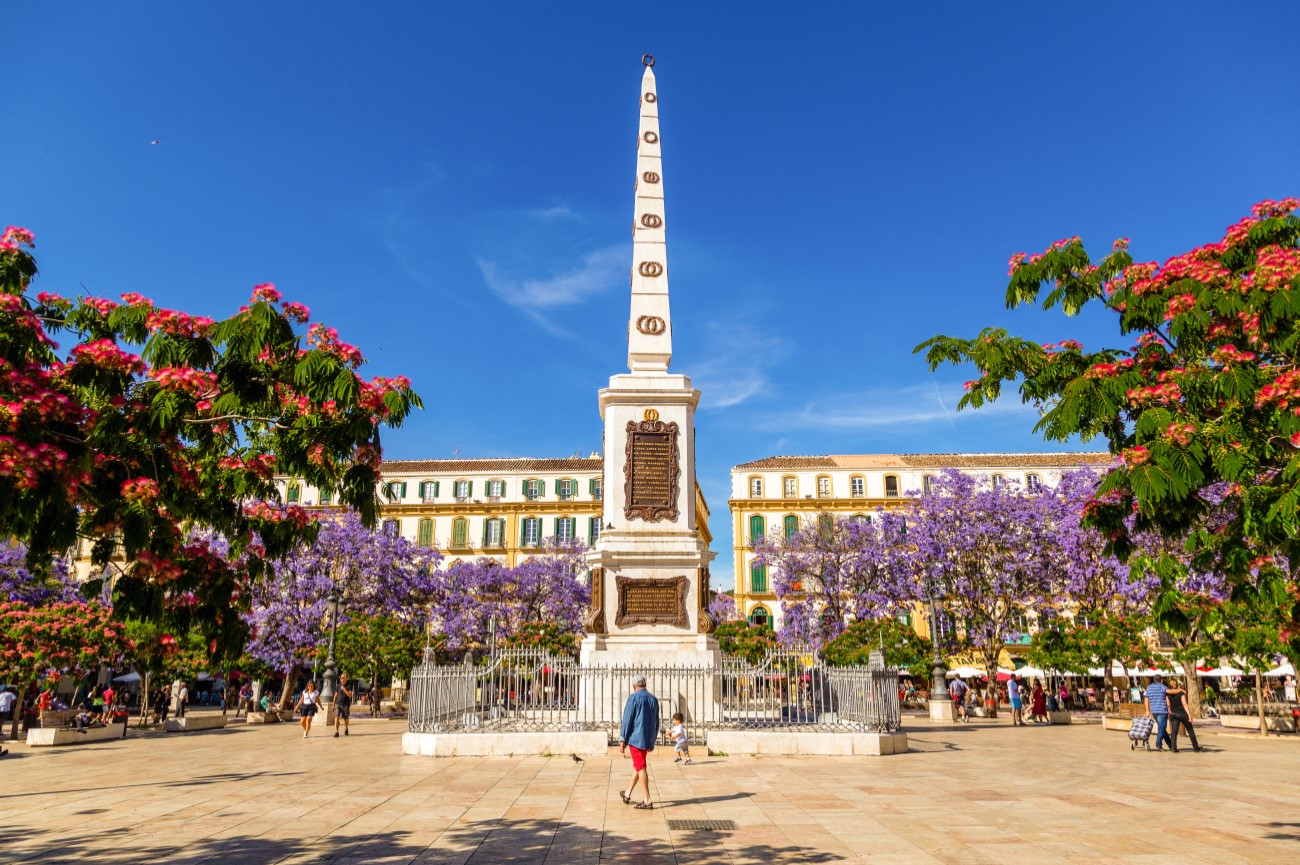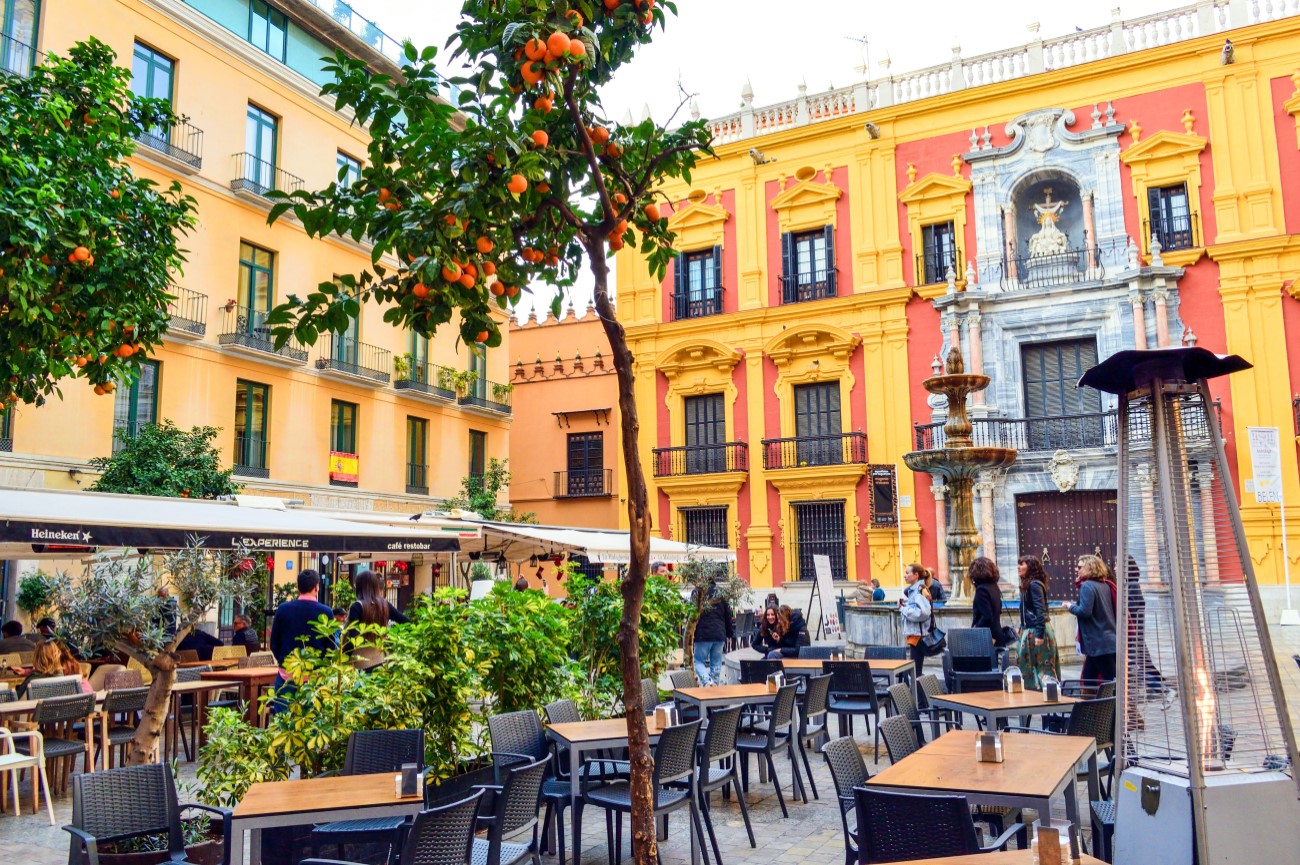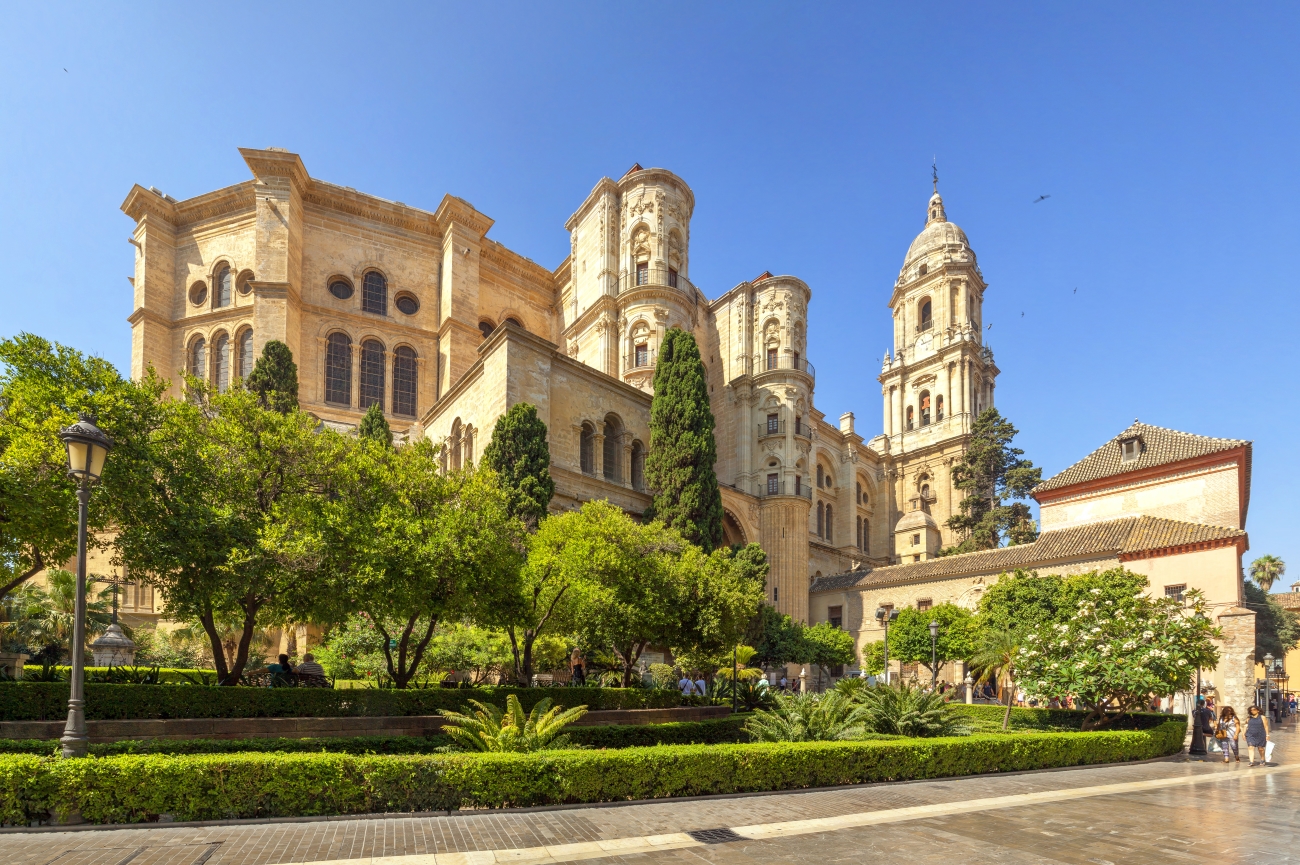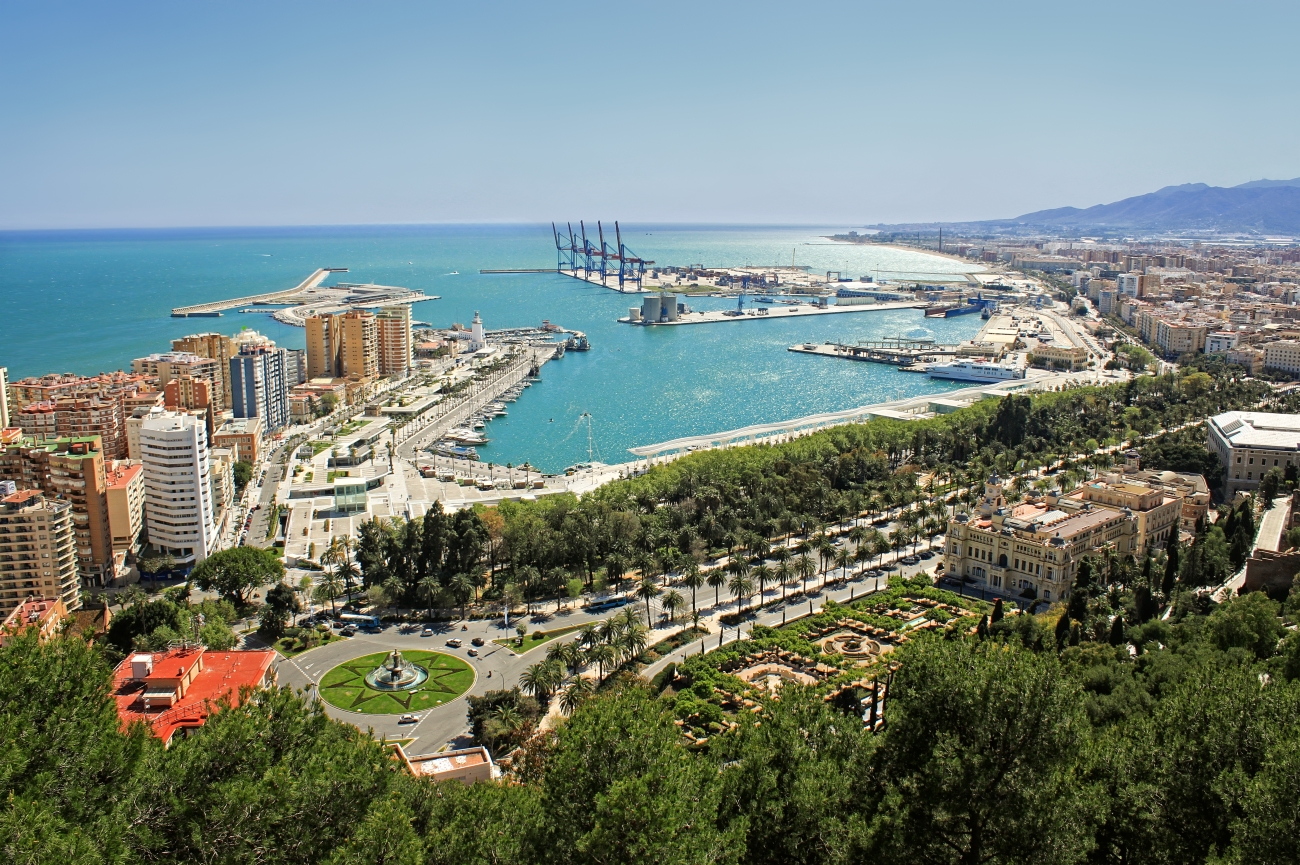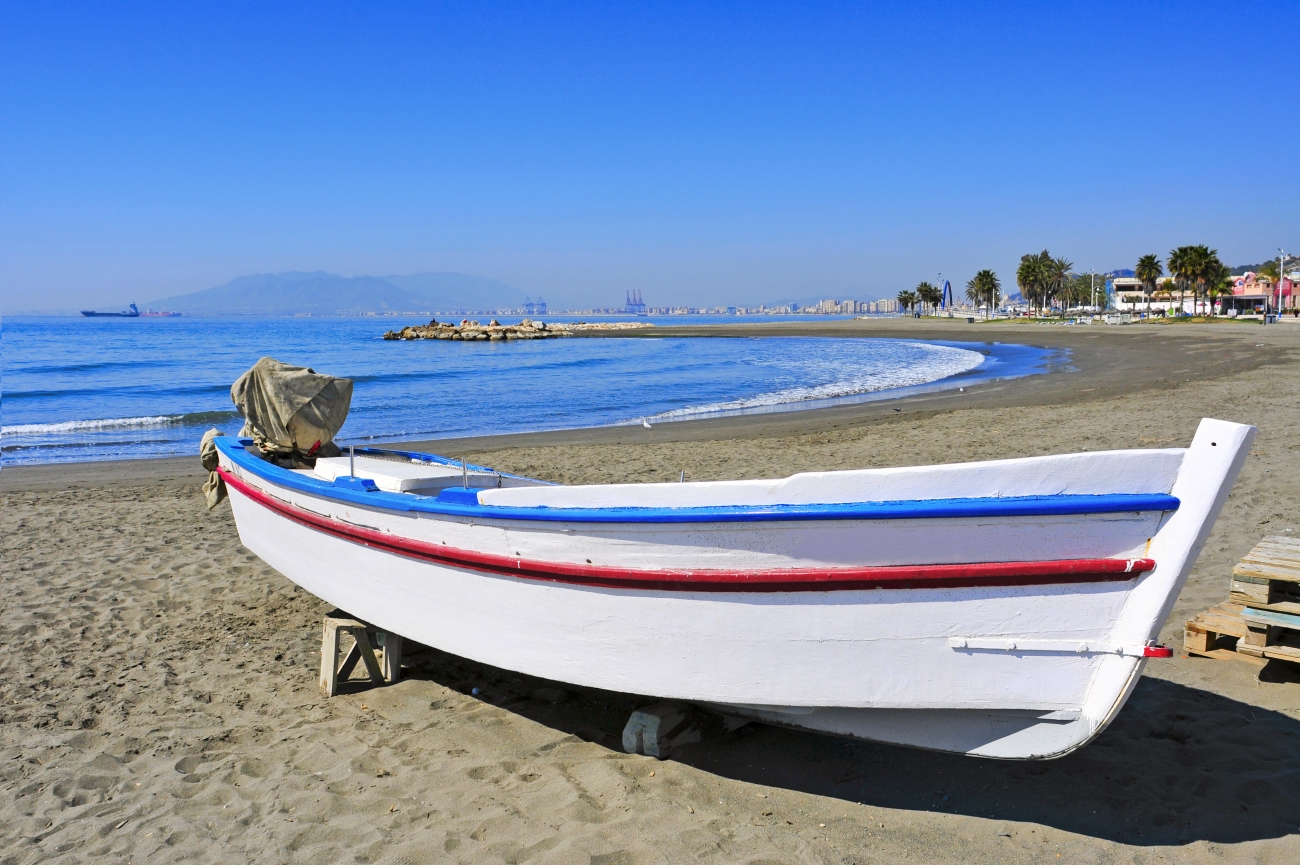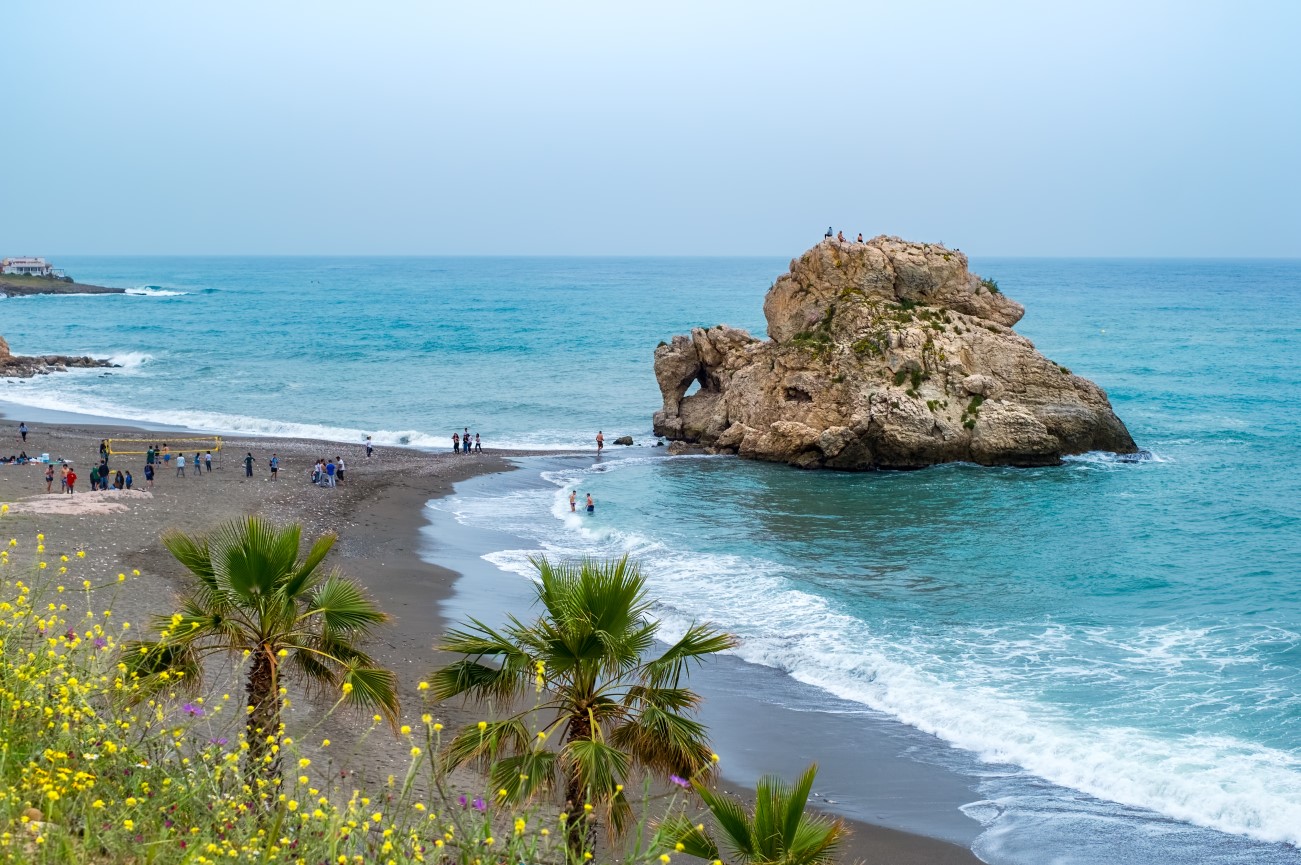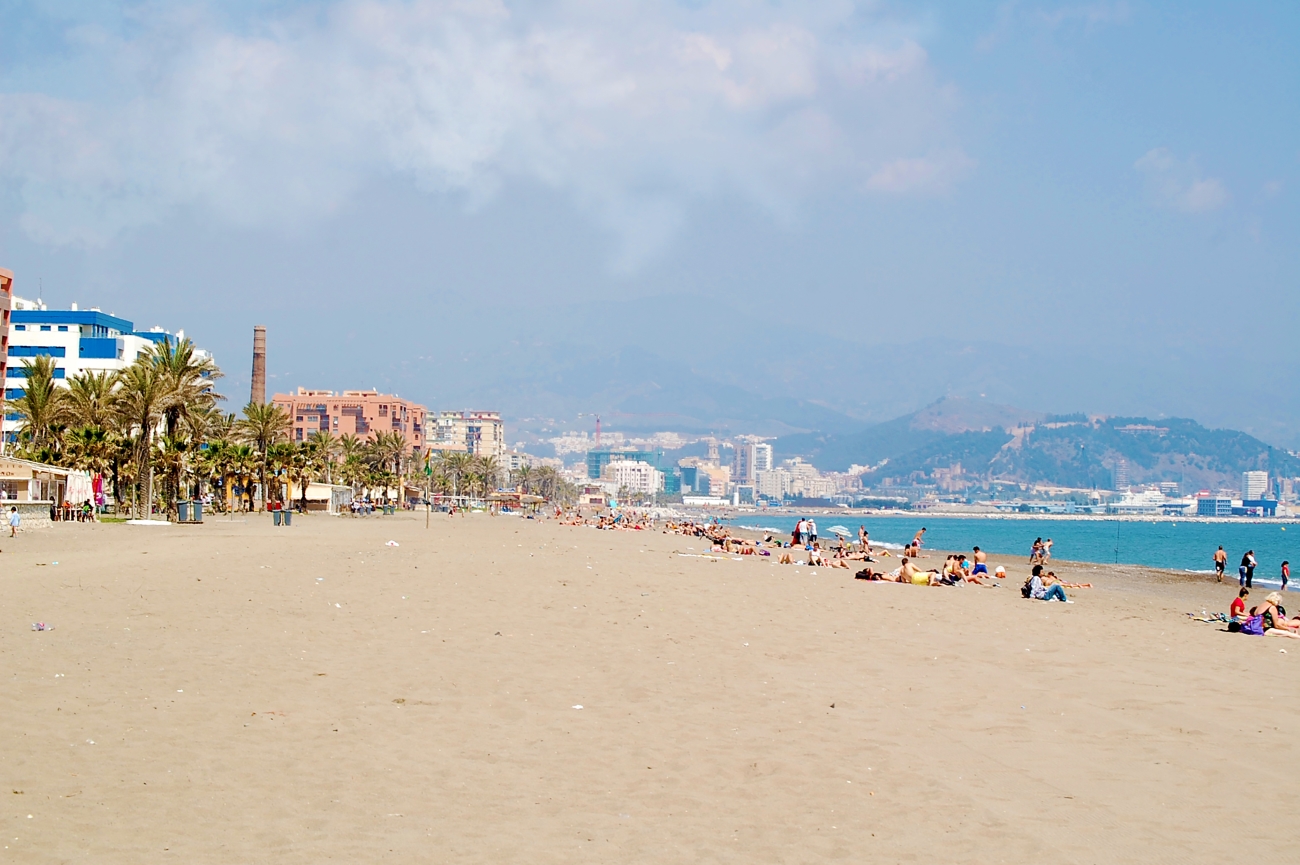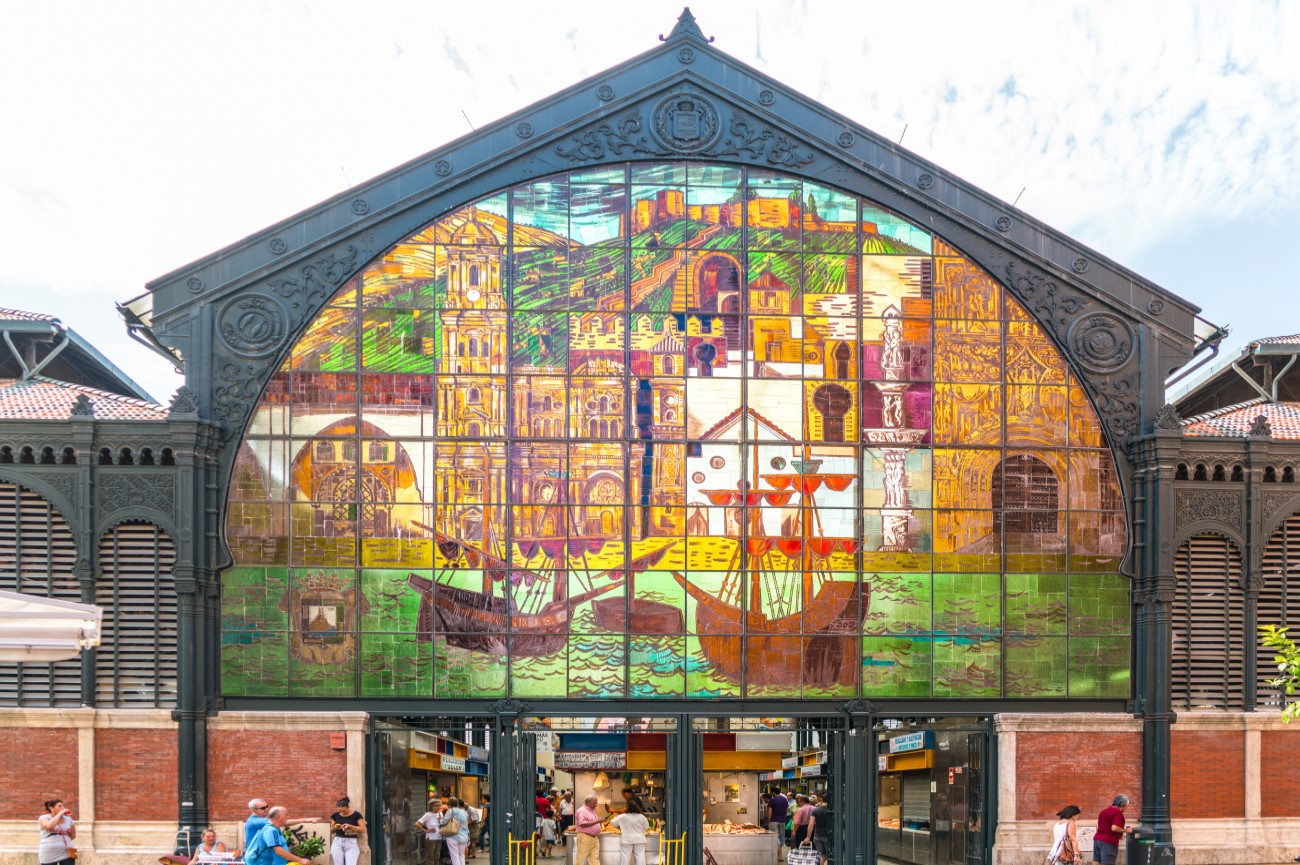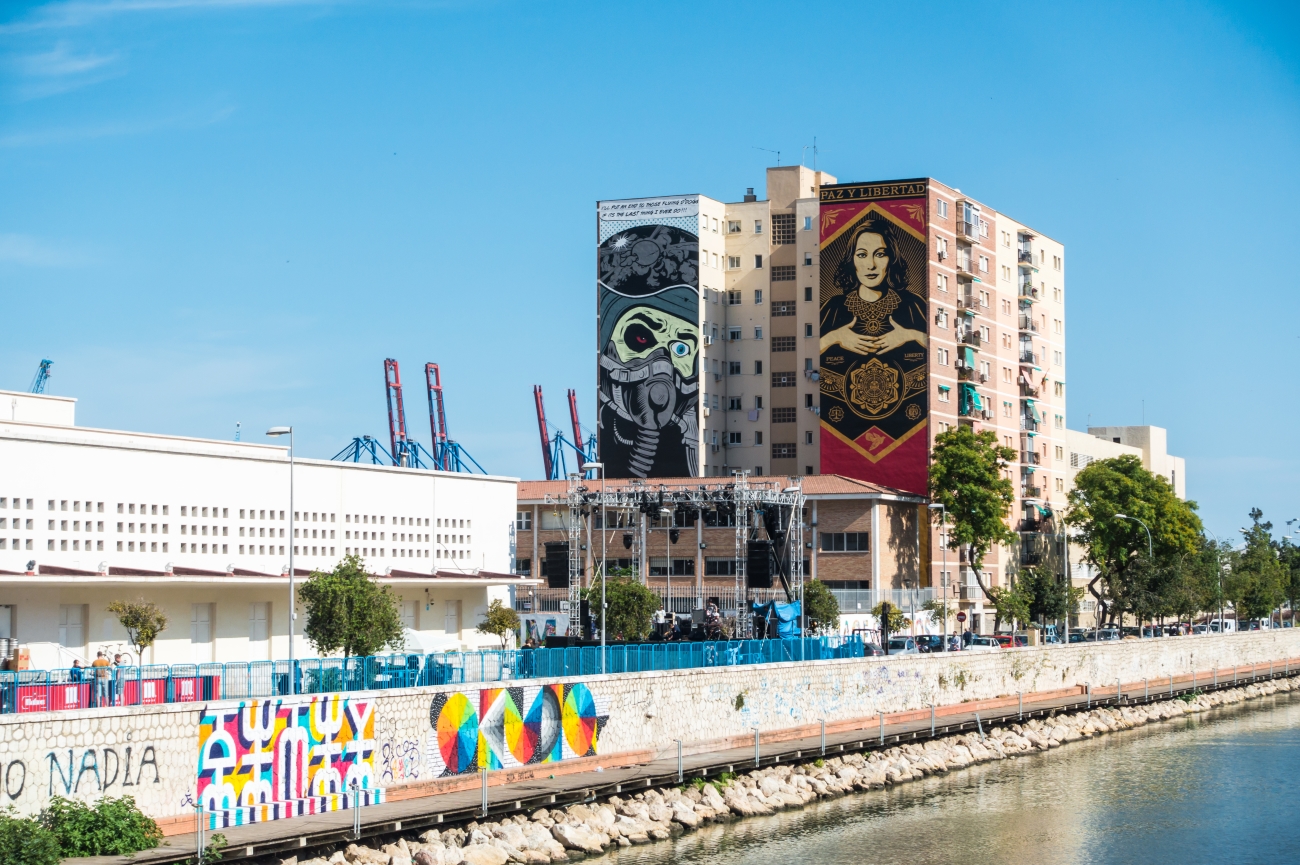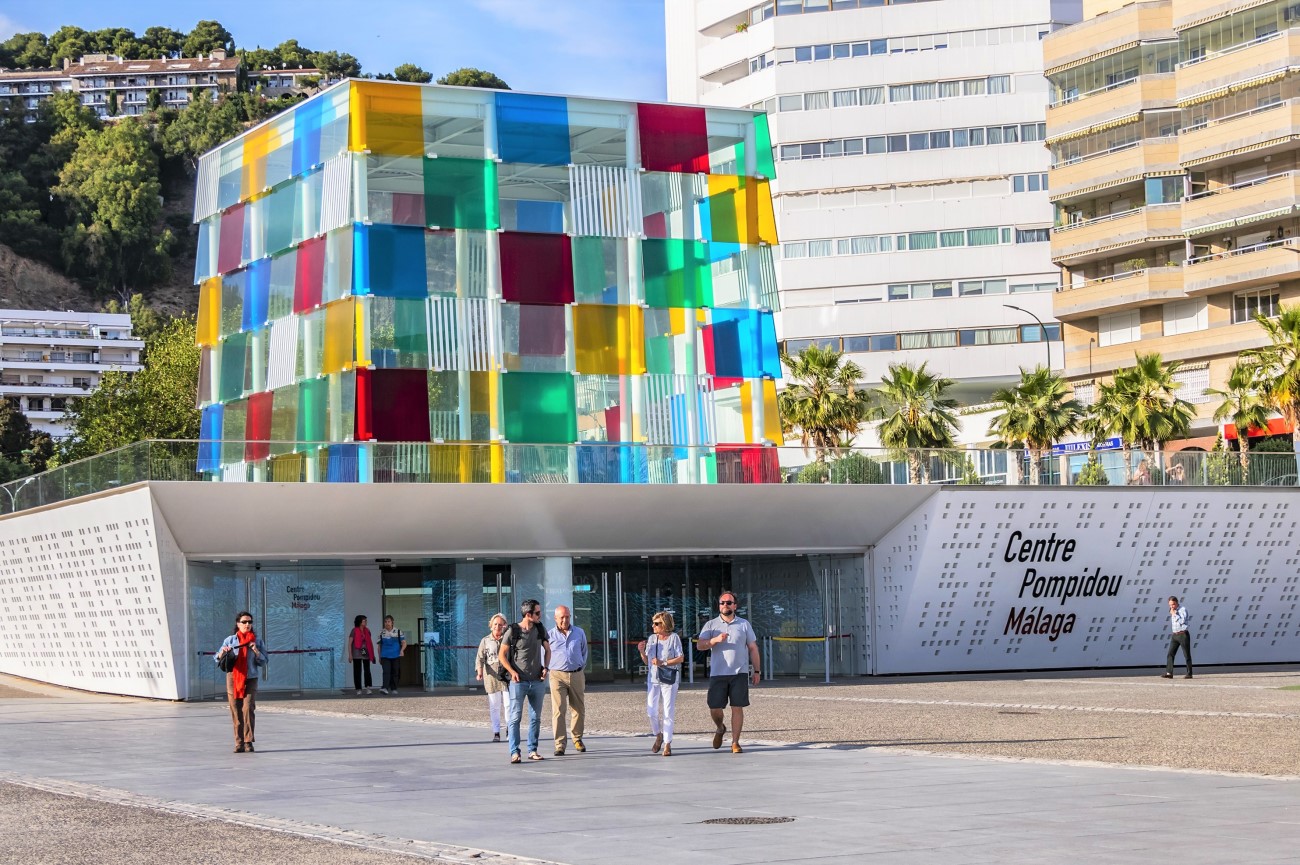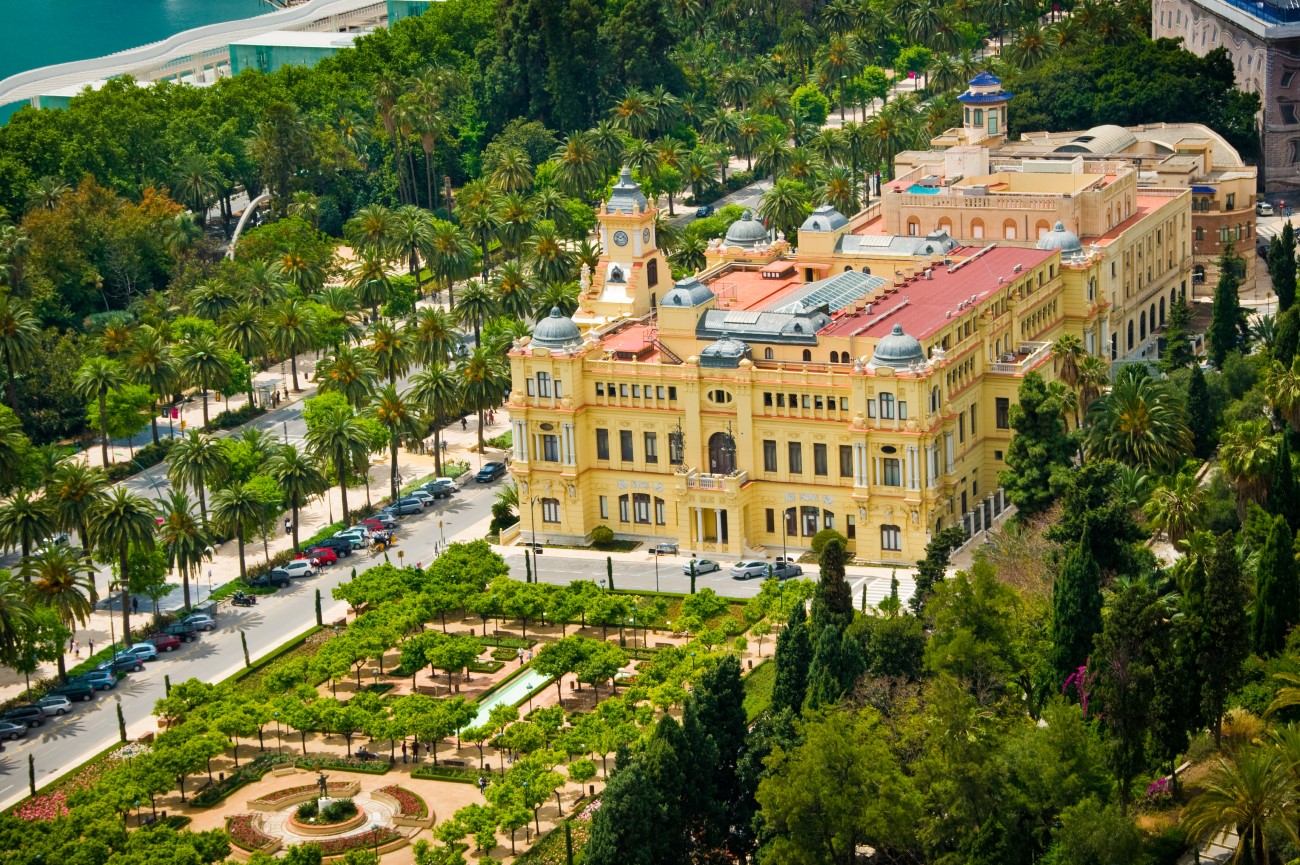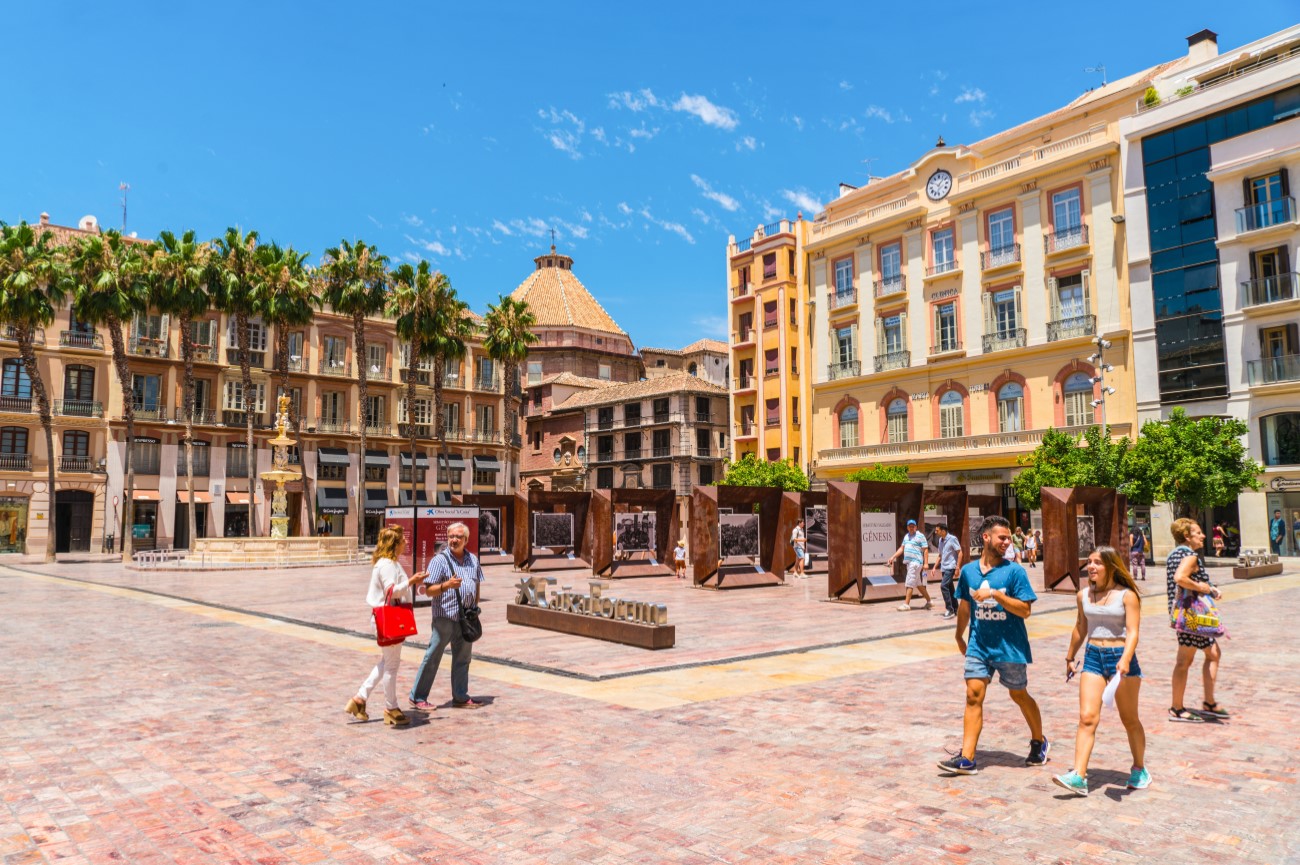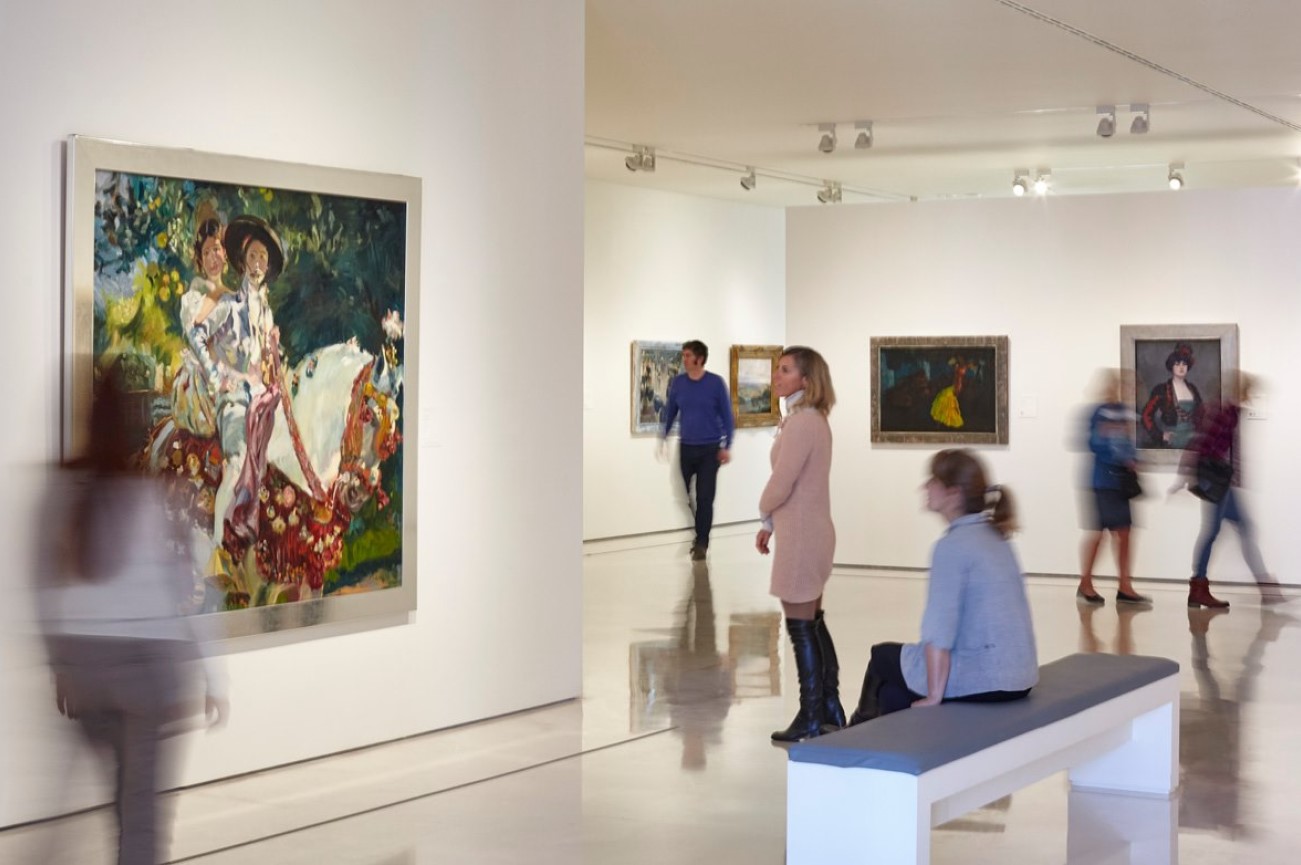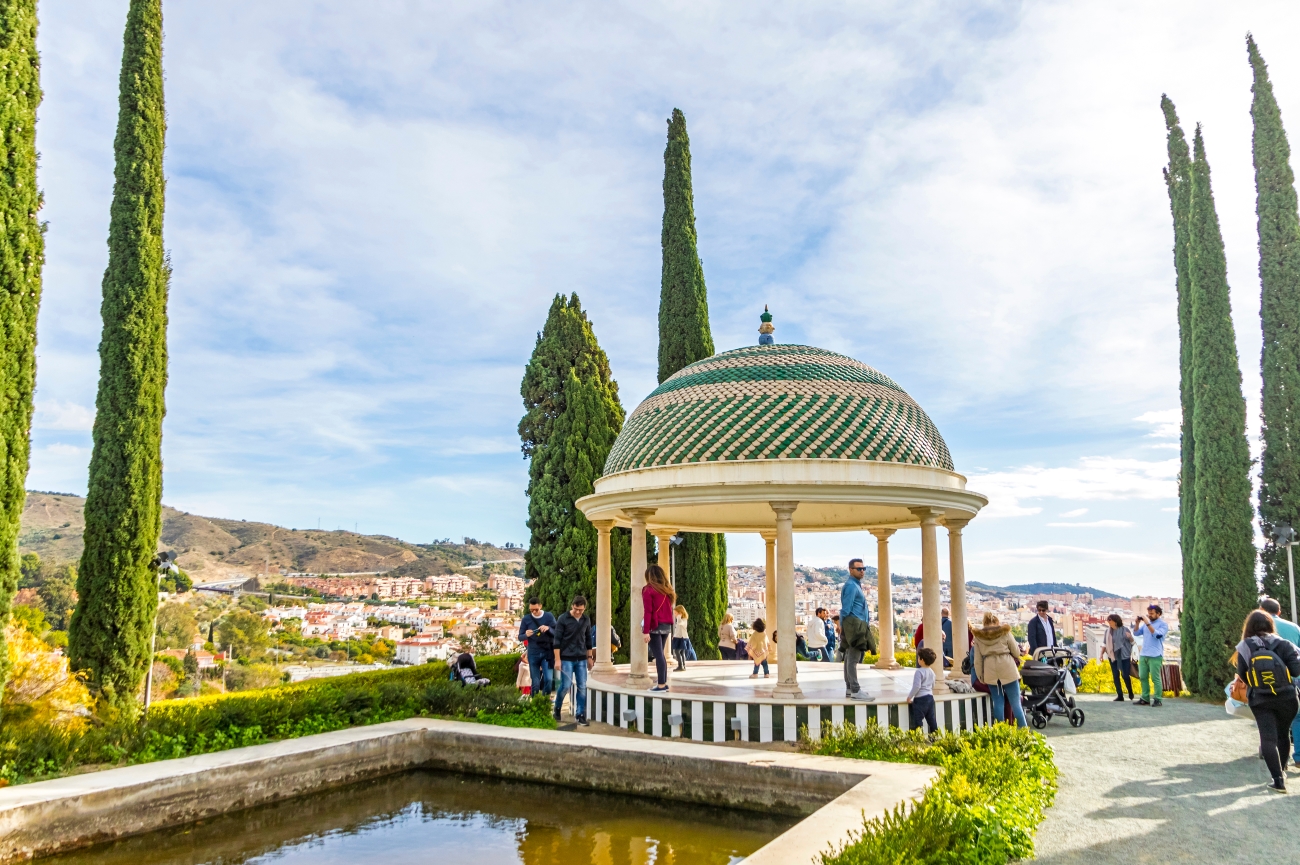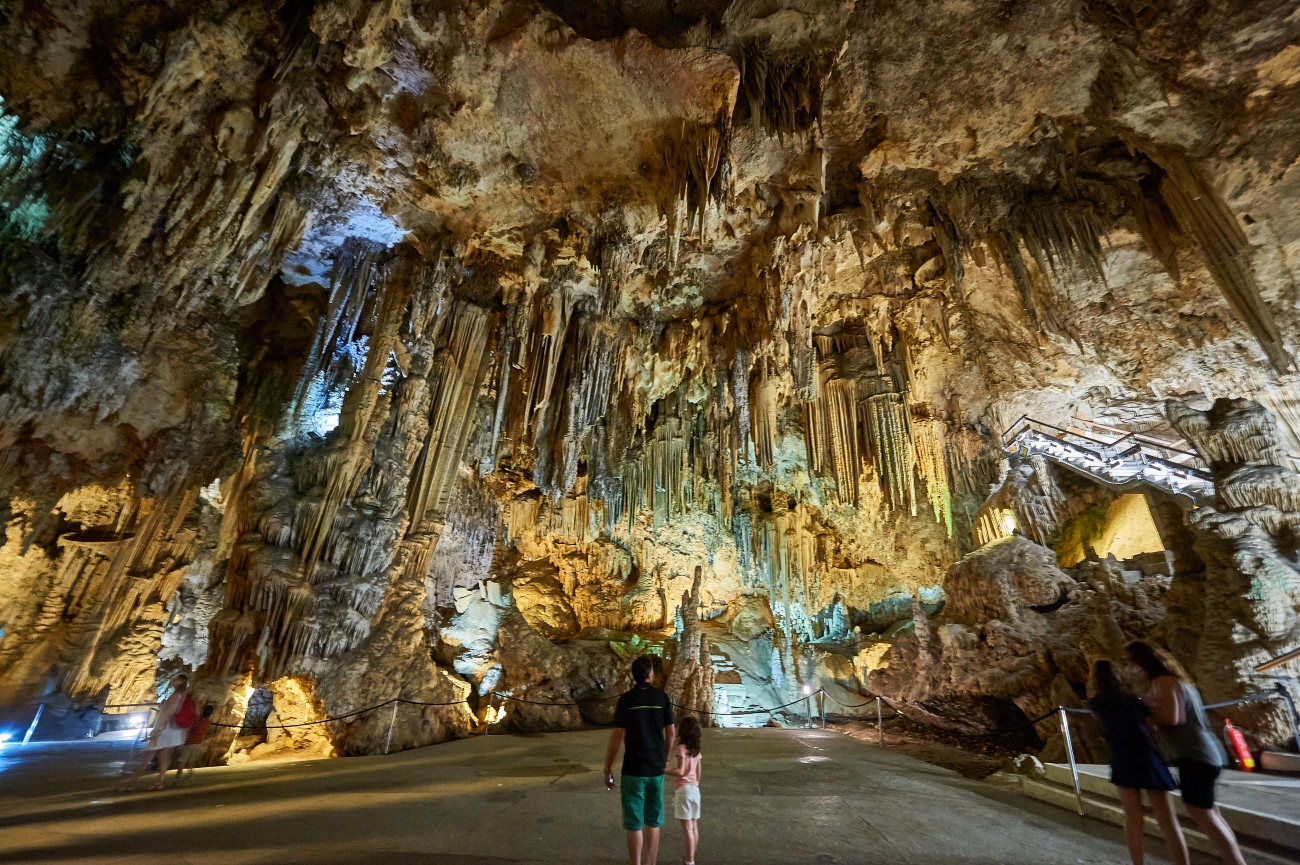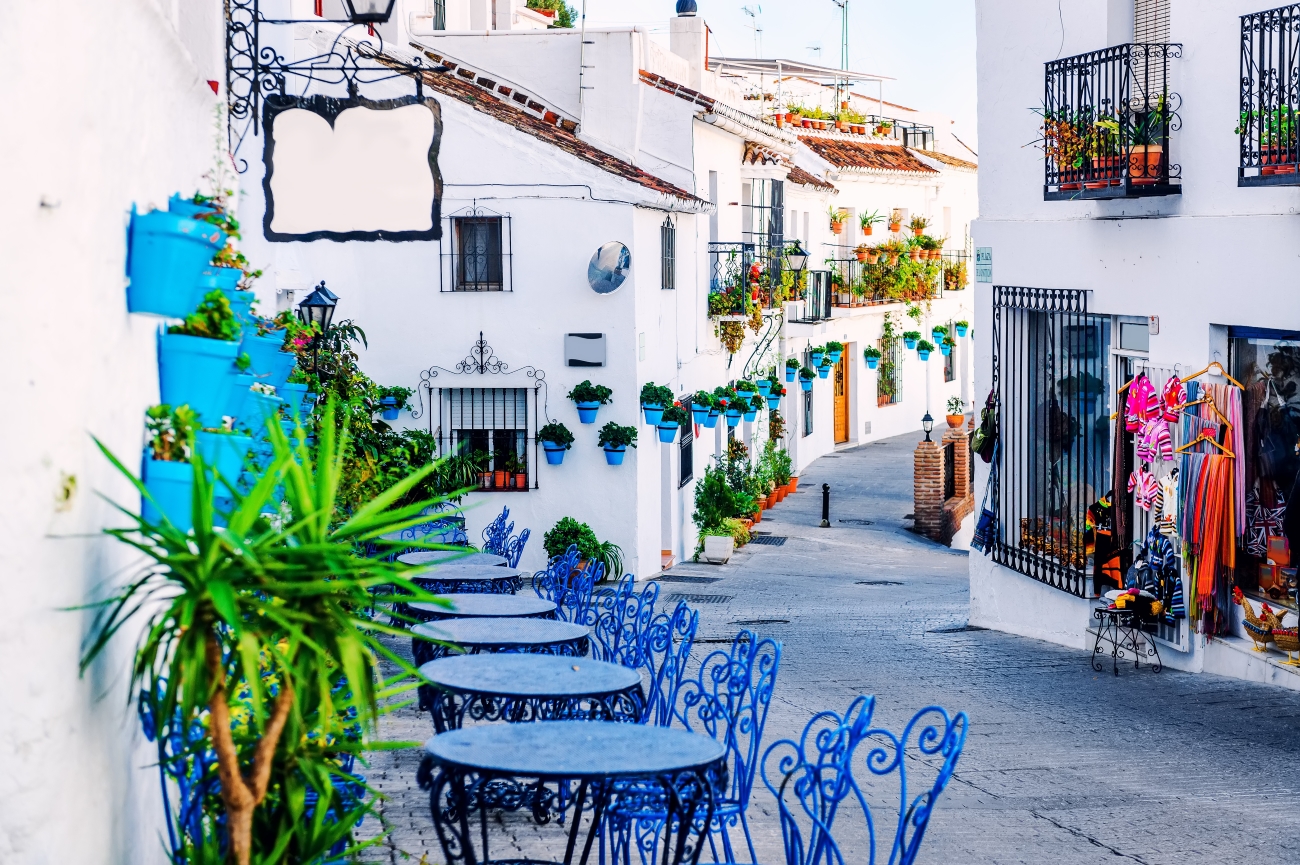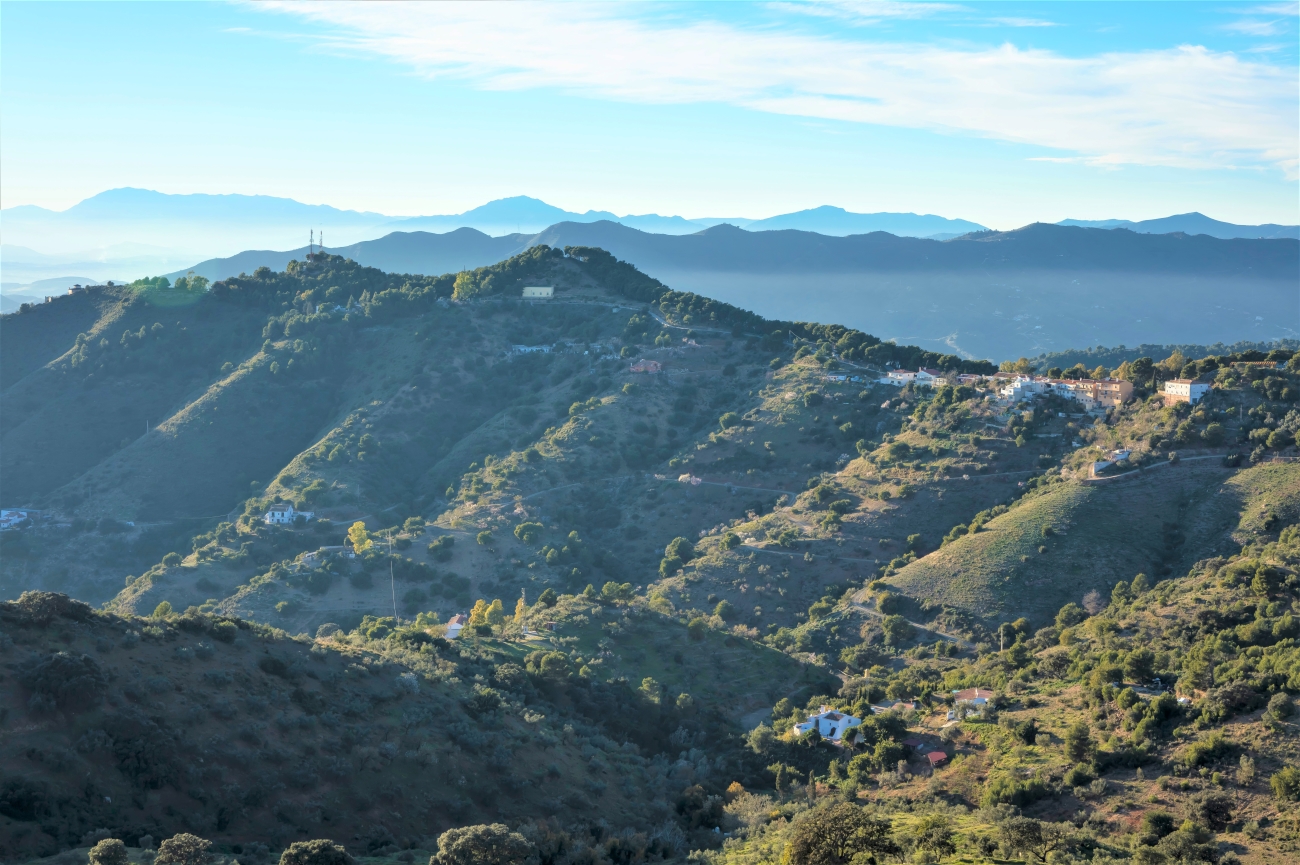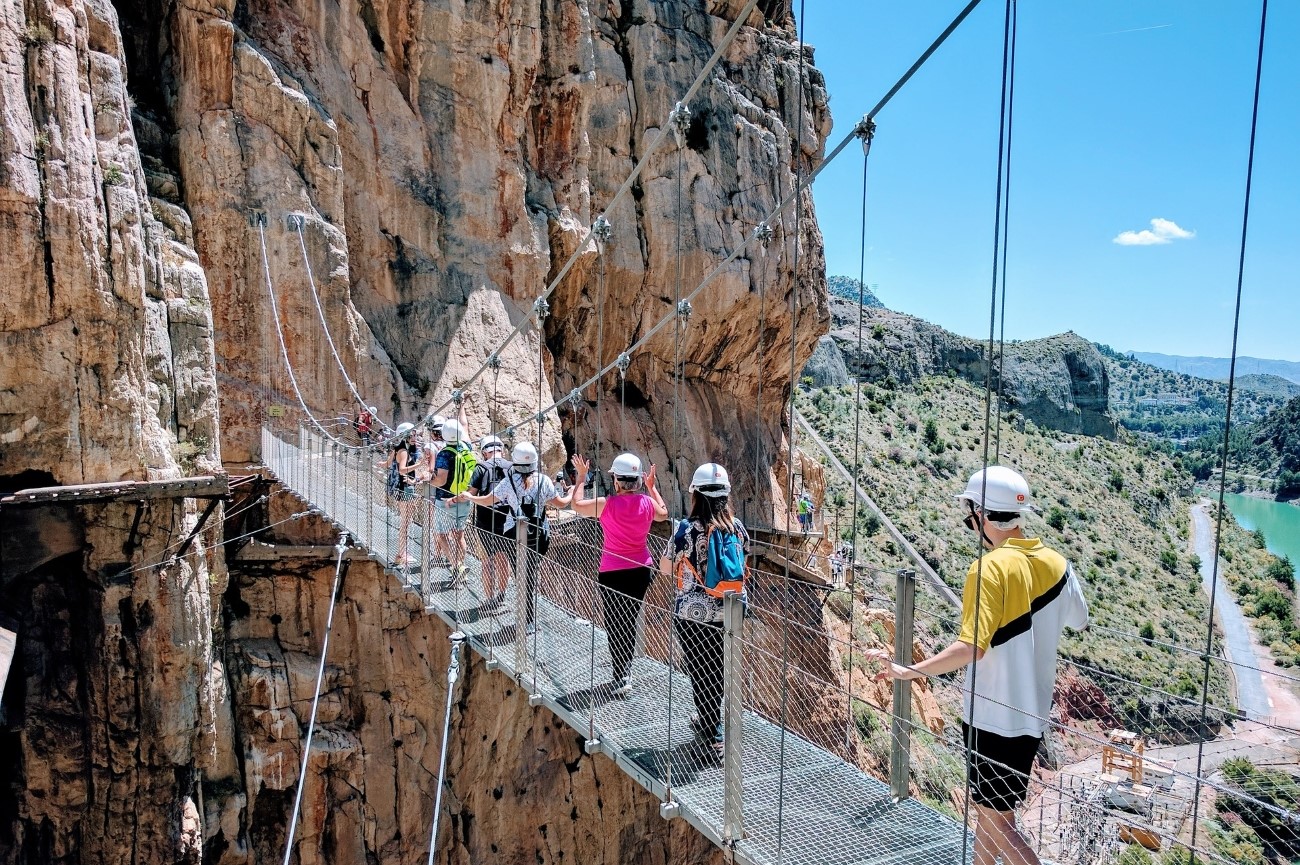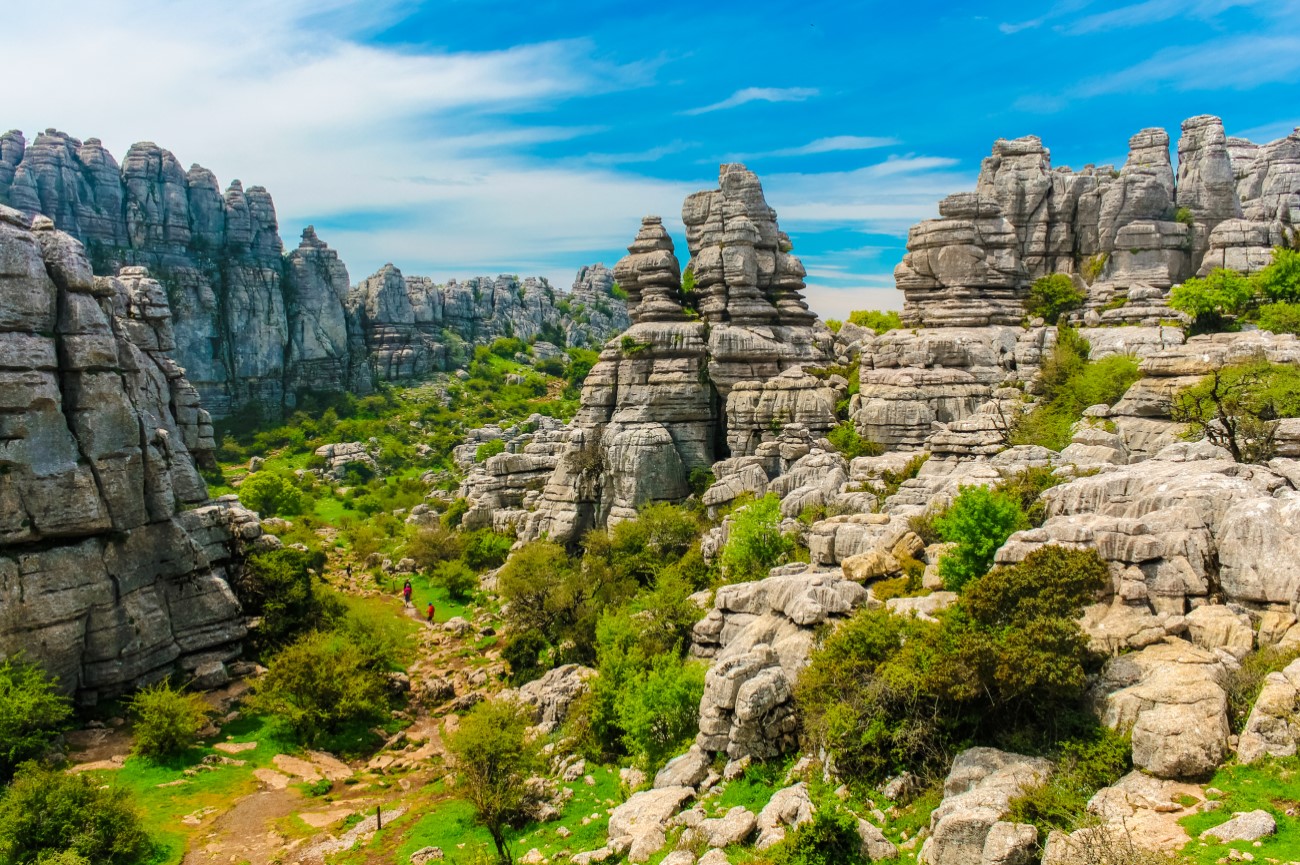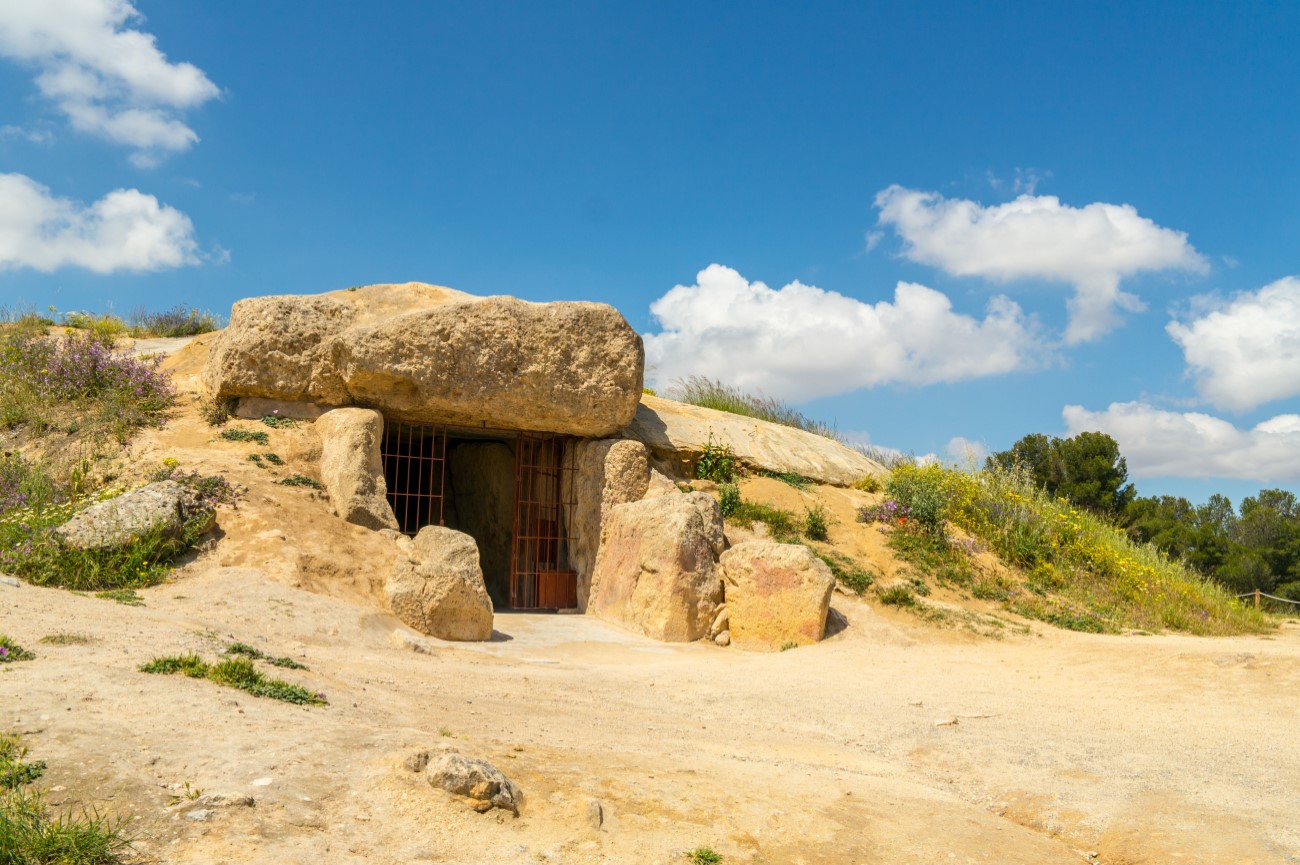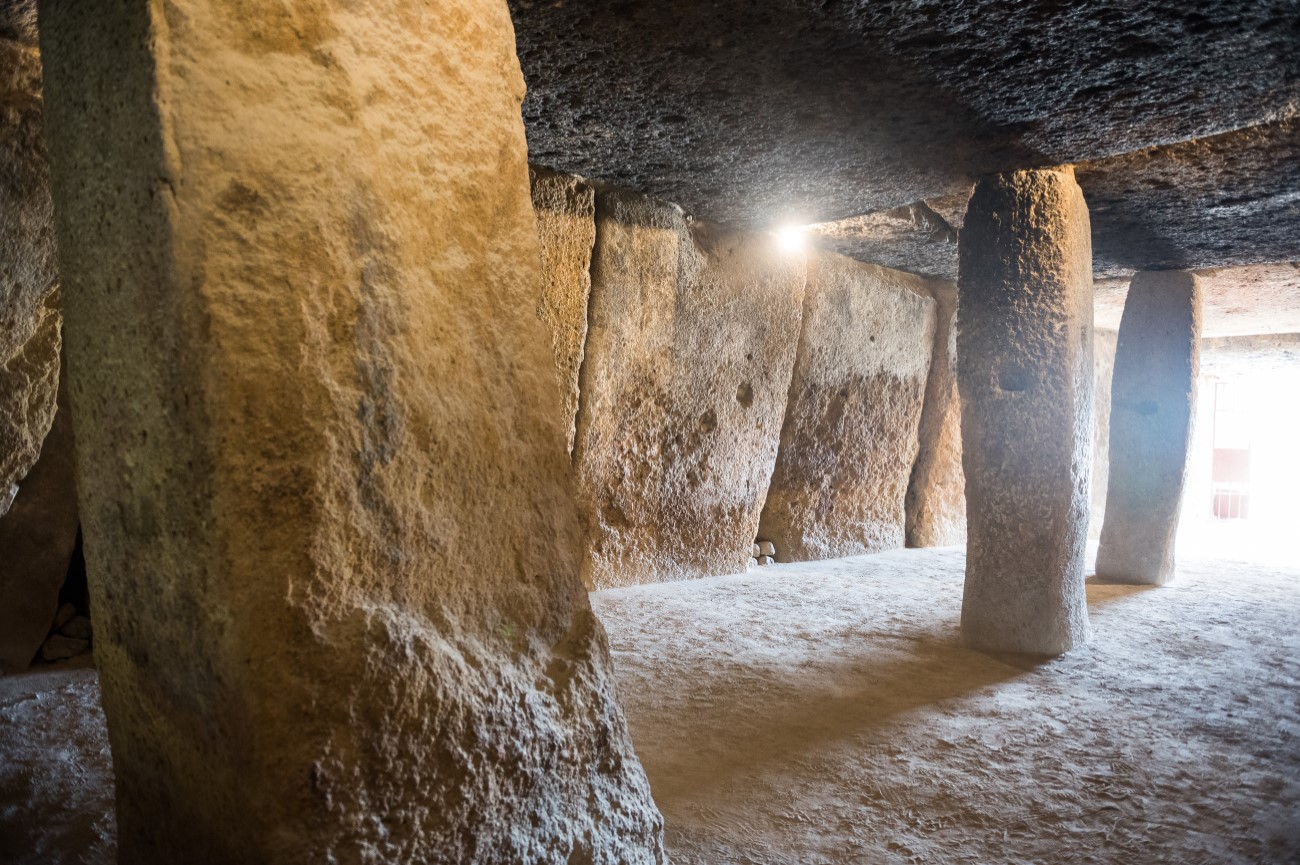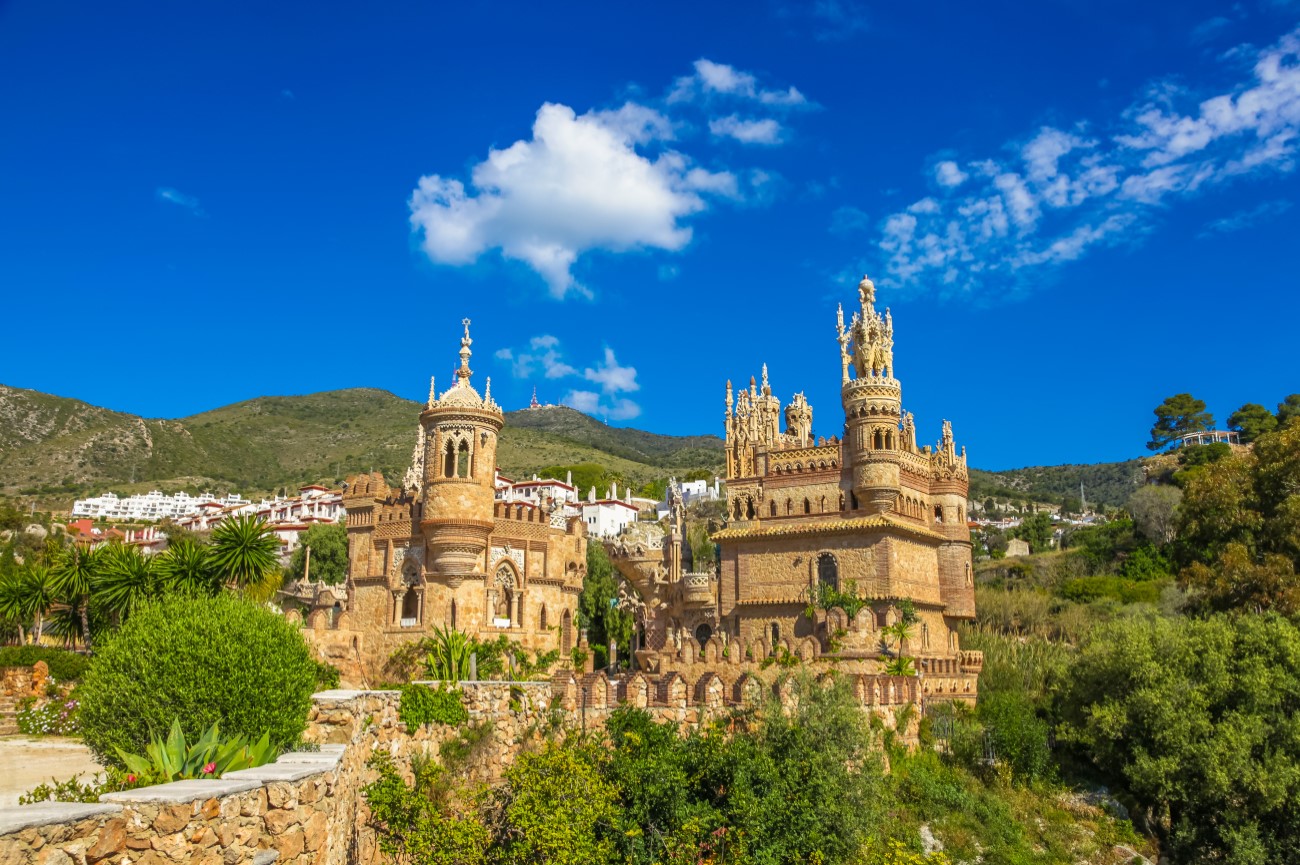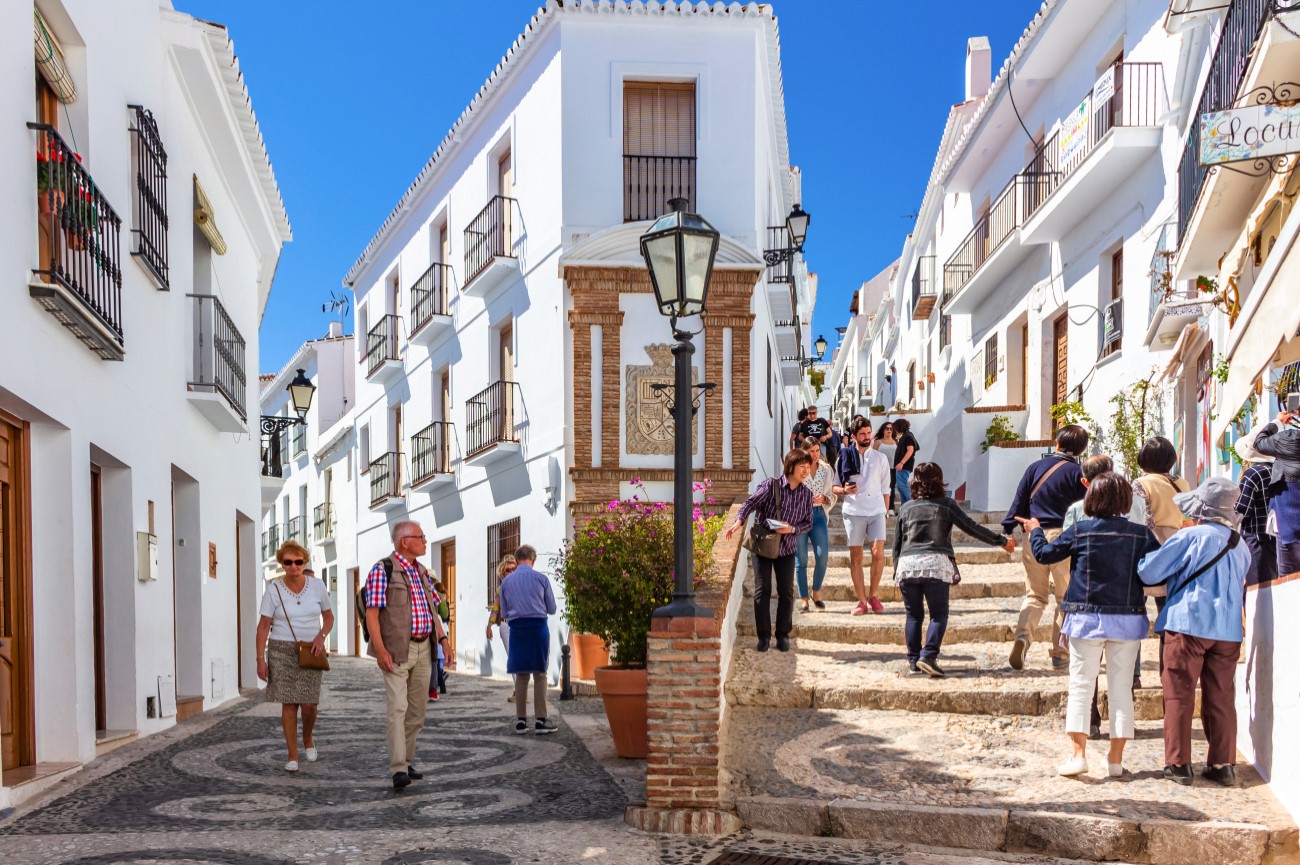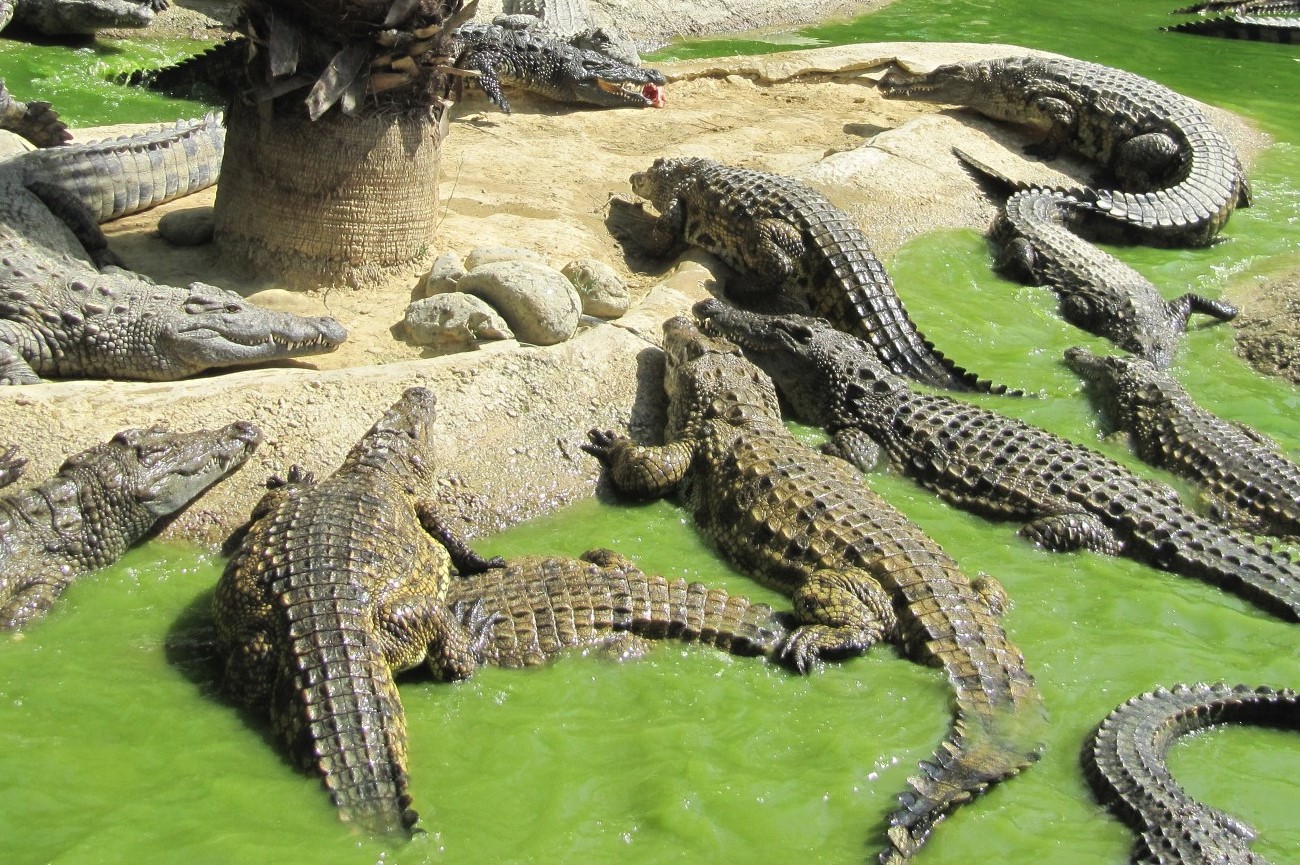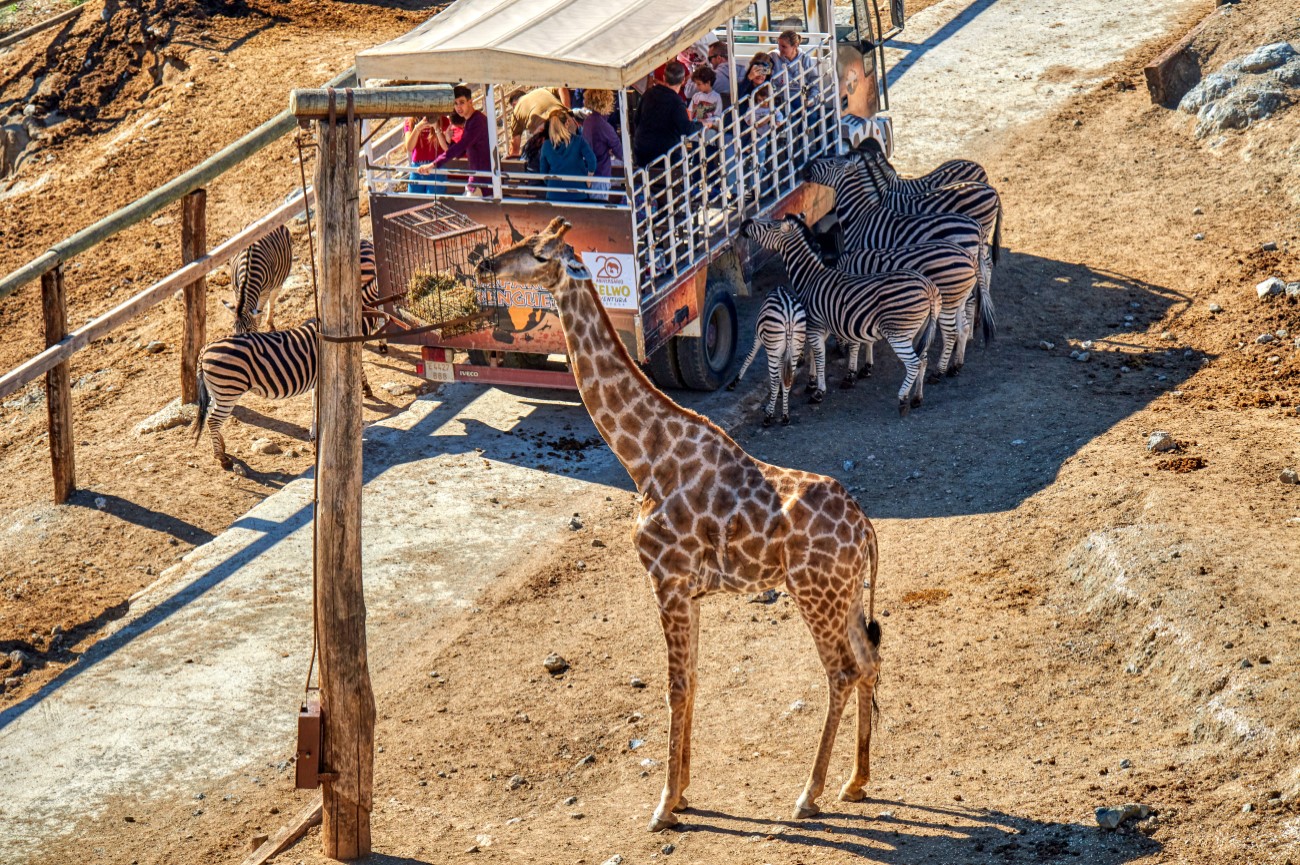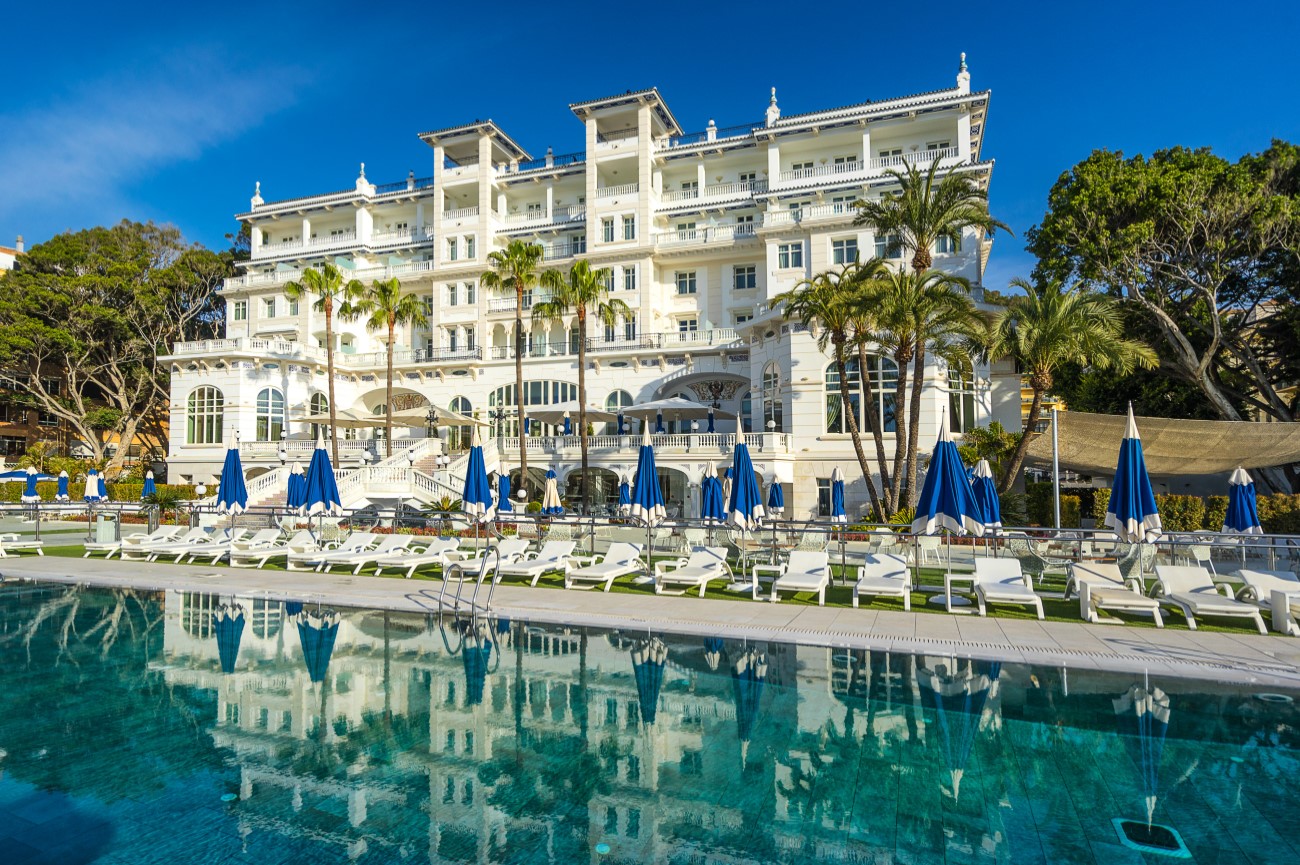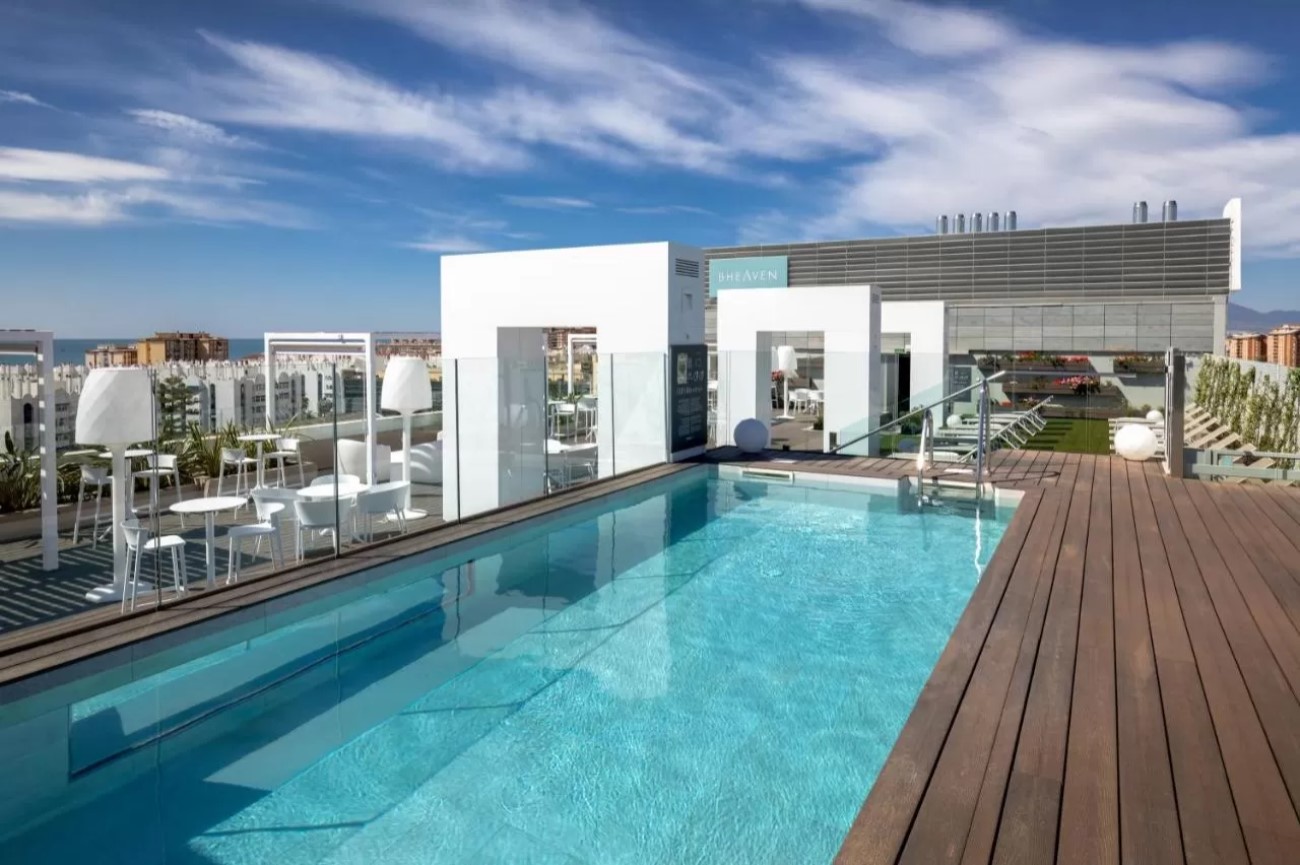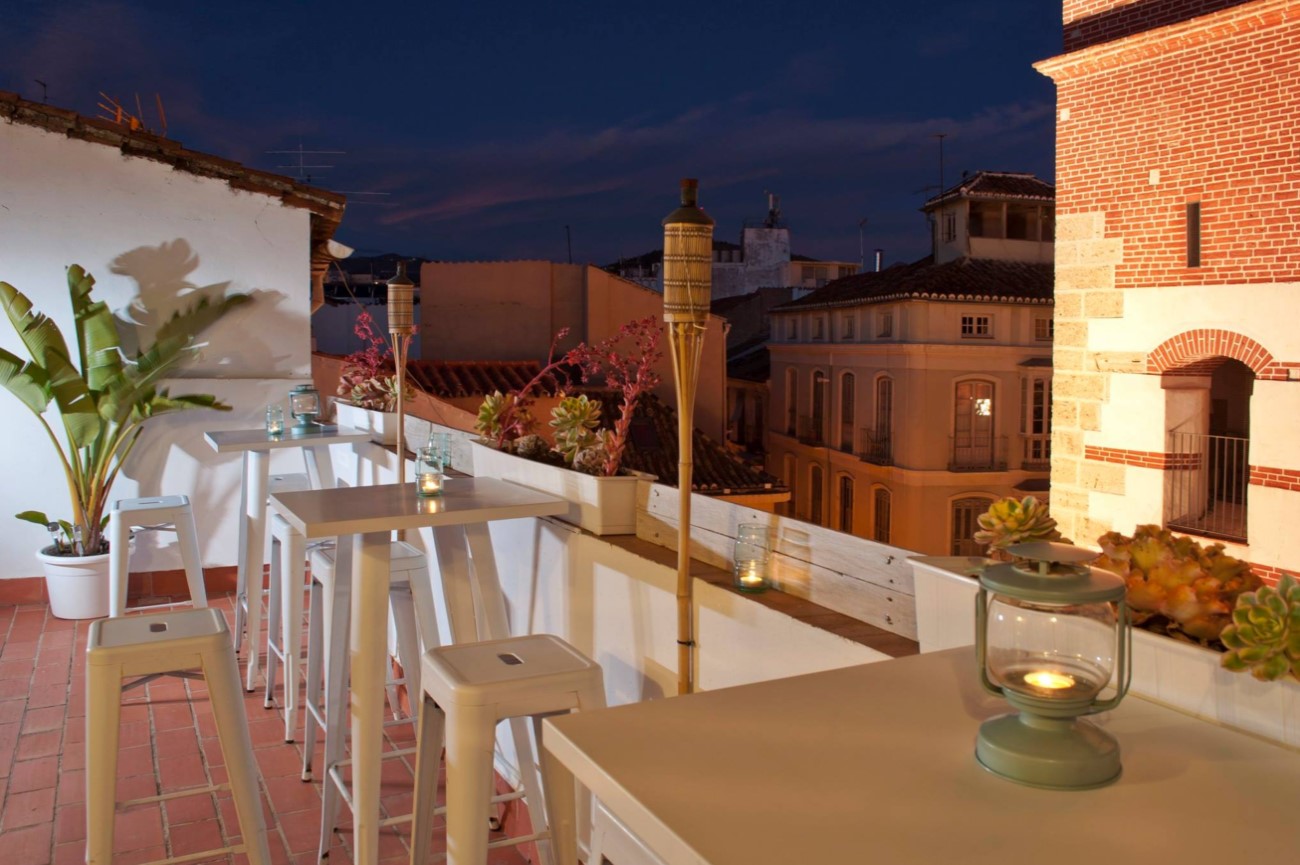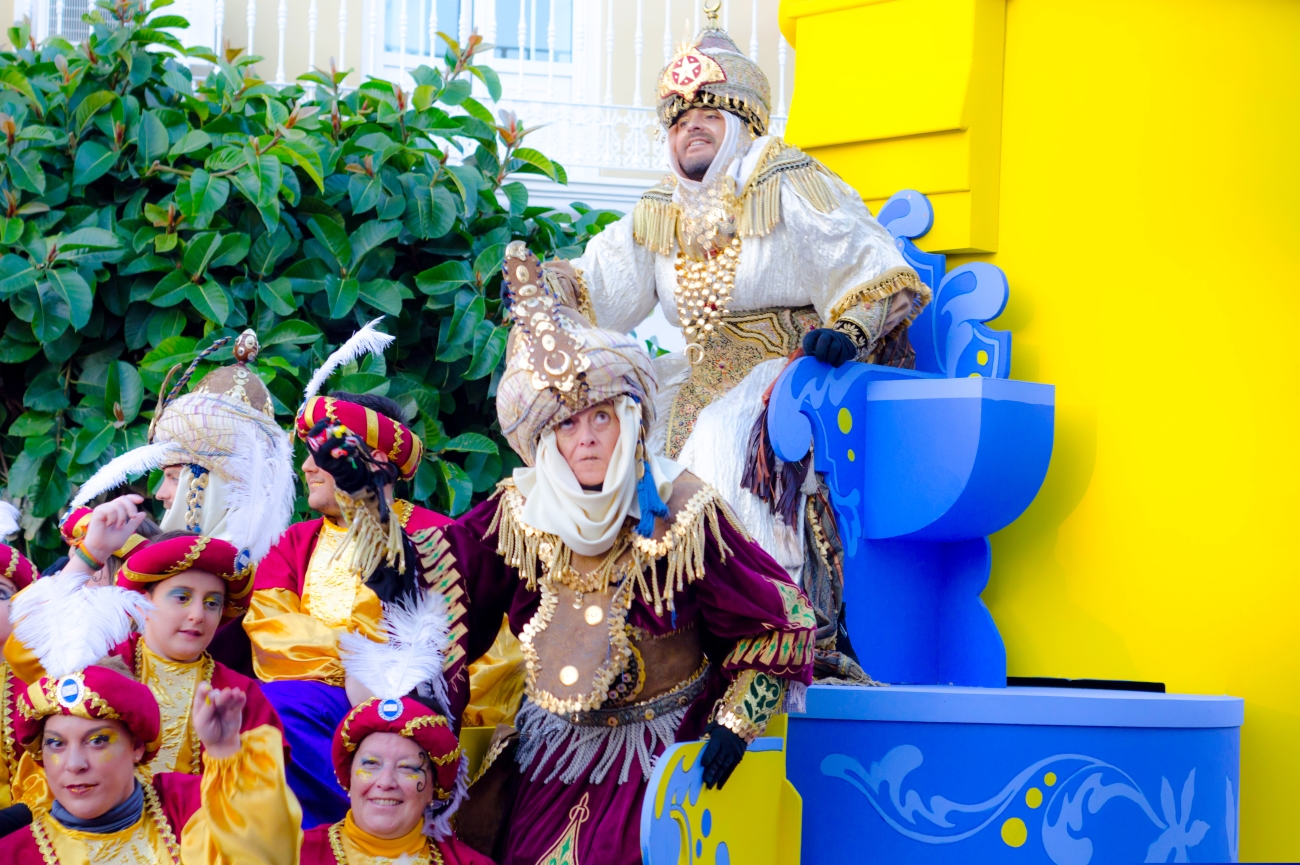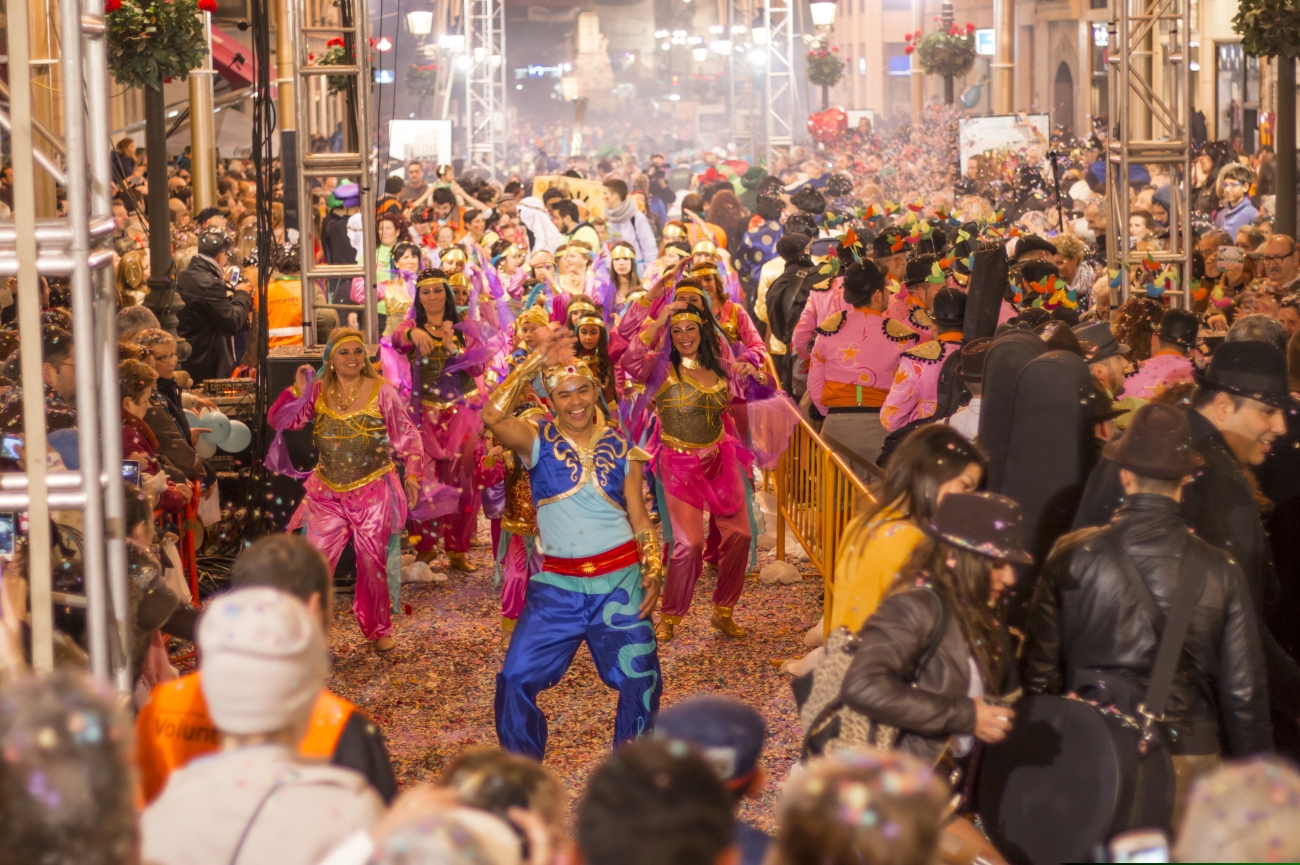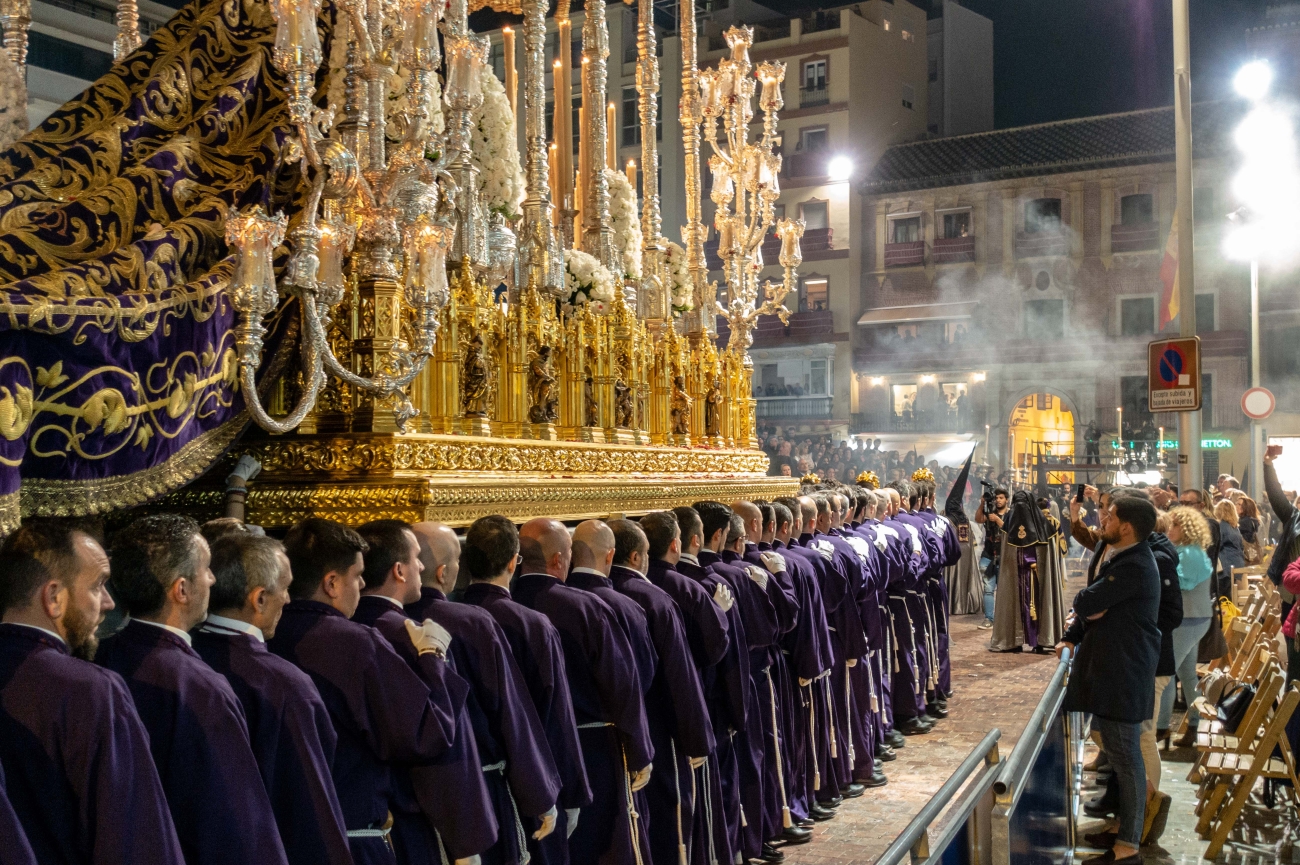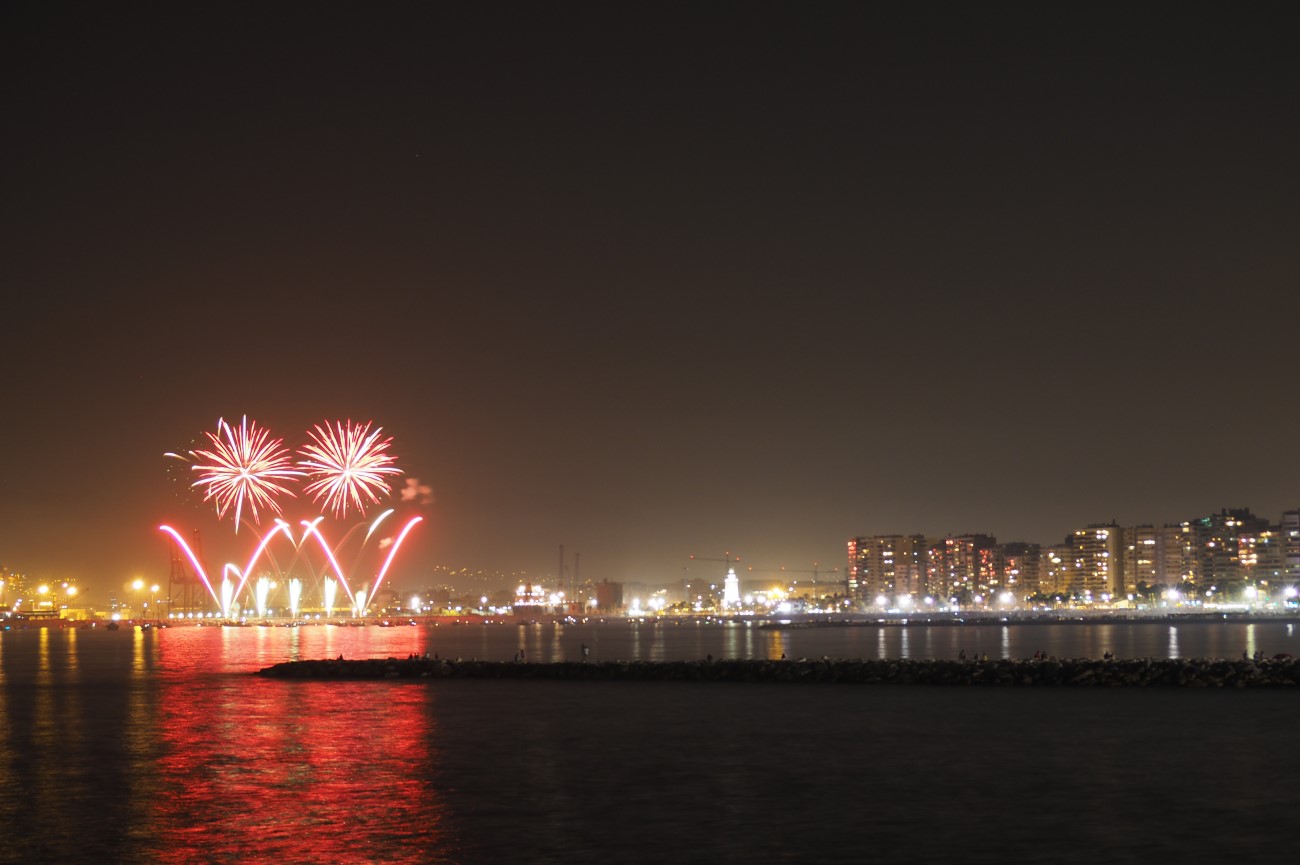Things to do in Málaga, Spain
Málaga is the birthplace of Picasso, a city brimming with contemporary art museums, where hotel skyscrapers mix with century-old monuments like the Alcazaba and the Gibralfaro citadels.
These older buildings reveal the city’s Moorish heritage, while the renovated port area showcases its youthful personality, with lively bars and seafood restaurants attracting the crowds.
Beyond its artistic and historic charm, the city is part of the Costa del Sol, a coastal stretch in the south of Andalucia lined with stunning beaches.
Our
two-day itinerary will show you the best things to do in Málaga. It
includes the city’s top attractions, as well as tips on where to eat and
where to stay.
Day 1

Morning: Santuario De La Victoria
Begin your tour of the city with a visit to the Santuario de la Victoria. This quiet sanctuary is dedicated to Our Lady Virgen de la Victoria, Málaga’s patron saint. While it was originally established in the 15th century by the Catholic Monarchs, the building you see today is from the 17th century. It’s worth coming here to see the Camarín chapel with its stunning Baroque interior and the eerie skeleton figures that decorate the crypt from top to bottom.
Mirador De Gibralfaro
From the sanctuary, it takes about 20 minutes to walk up to the Mirador de Gibralfaro. Set above a hill at 130 metres high, it’s one of the best viewpoints in Málaga. Standing here, you can capture some of the city’s main attractions including the cathedral and the Alcazaba and spot the cruises arriving at the port.
Castillo De Gibralfaro
Continue your day in Málaga exploring the grounds of the Castillo de Gibralfaro. Looming over the city, this Moorish castle dates back to the 8th century, but was rebuilt in the 14th century when Málaga became the chief port of the emirate of Granada. Through the years, it was used as a lighthouse and military barracks. Today, visitors can climb its ramparts and capture the panoramic city views. The castle is also home to a military museum, which features a small model of the complex and the lower residence, Alcazaba. You can drive to Gibralfaro or walk from the city, following the scenic route along Paseo Don Juan Temboury.
Alcazaba
At the foot of the Gibralfaro hill is the Alcazaba, a fortified palace erected around the 11th century. It’s one of the most famous landmarks in the city, and you can spot it from every corner. The courtyards, fountains and horseshoe arches reflect the city’s Moorish influence. The Patio de la Alberca, especially, is reminiscent of Granada’s Alhambra. Take a stroll through the gardens and enjoy the views over Málaga.
Roman Theatre
A few steps down the hill, you’ll find the remains of a Roman theatre. Studies say it was constructed around the first century A.D. under the Augustus rule. The theatre was in use for hundreds of years until the Moors arrived, turning it into a source for building material. The open-air structure has the typical style of other Roman theatres with tiered seats and a grand entrance. A small visitor centre showcases some of the artefacts found on the site.
Afternoon: Plaza De La Merced
After exploring the theatre, make your way to Plaza de la Merced. This public square in the barrio La Merced has also been around since the Roman era. In the 15th century it became the location for the town’s market, and even today it’s still known as Plaza del Mercado. At the centre of the square today is the Monument to Torrijos, a large obelisk built in honour of General Torrijos, a Spanish liberal soldier who was shot in Málaga. Through the years, many artists lived on this square, among them Picasso, whose house you can visit today at Museo Casa Natal.
Museo Picasso Málaga
From Plaza de la Merced, head down to the Museo Picasso Málaga to learn more about this infamous Spanish artist. Open since 2003, it showcases over 200 of Picasso’s artworks, mostly from the early 20th-century. Inside you can find clay sculptures, sketches and paintings like the one of his sister Lola. Housed inside a 16th-century palace, the museum also features a café and often hosts temporary exhibits.
Plaza Del Obispo And The Episcopal Palace
Plaza del Obispo is another popular square in Málaga. It’s here you’ll find the Episcopal Palace, also known as the Bishop’s Palace. The building dates back to the 18th century and it’s one of the city’s Baroque jewels. Inside you can marvel at the stunning tile work and frescoes, alongside religious artefacts and African coins. It’s possible to combine your ticket with a visit to the cathedral.
Málaga Cathedral
Facing Plaza del Obispo is the Málaga cathedral. It took around 200 years to build this church, resulting in a mix of Renaissance and Baroque styles. The cathedral replaced the city’s former mosque, and you can see traces of it in the Patio de los Naranjos, a small courtyard surrounded by orange trees. The imposing facade features large columns and arches adorned with reliefs of saints. Inside, there are domed ceilings and stunning sculptural work. As you walk around the city, you can’t help spotting the church’s north tower rising above the houses. Another tower was left incomplete, as there weren’t enough funds to build it. This gave rise to the nickname La Manquita, meaning The One-Armed Lady. It’s worth visiting the cathedral’s roof (cubiertas ) to capture the panoramic city views.
Parque De Málaga
From the cathedral, walk to the Parque de Málaga. Stretching for 33 hectares, this green oasis is the ideal spot to escape the heat. Visitors can enjoy a cooling spot under its towering palm trees. In between the greenery are a series of sculptures and fountains from the Renaissance and Baroque era.
Puerto De Málaga
End the day with a stroll around the Puerto de Málaga, one of the oldest seaports in Spain. The area is a contrast from the city’s old town, with modern shops, bars and restaurants lining the Muelle Uno promenade. Most boat trips depart from here and include a variety of experiences from sunset sailing to dolphin watching tours.
Map of Malaga Tour for Day 1
Day 2

Morning: Málaga Beaches
Wake up early and spend the morning relaxing at one of the city’s beaches. Málaga is the capital of the Costa del Sol and is renowned for its pristine beaches. Playa de la Malagueta is the closest beach to the centre. Along the beach are a series of bars, known as chiringuitos where you can grab a drink.
To the east, 30 minutes away, is the Pedregalejo neighbourhood, where you’ll find Playa de las Acacias and Playa del Palo. If you don’t have a car, you can cycle here or take the bus. It’s a fishing area, so it’s the perfect spot to try some fresh fish.
A bit further is the Playa Peñón del Cuervo. There aren’t any bars or restaurants here, instead, visitors bring food and grill it at one of the barbecue spots next to the beach.
To the west is the Playa de la Misericórdia, where you might be surprised by the Ola del Mellilero. These are random waves caused by the Málaga-Melilla ferry which often catches visitors off guard. With more time and a car, you can visit other beaches in areas like Nerja, Torremolinos, Fuengirola or Estepona.
Mercado De Atarazanas
After exploring the beaches, head to the Mercado de Atarazanas. This local market occupies a 19th-century building that has merged with the city’s old Moorish gate. Visitors will be amazed by the stained-glass windows which depict scenes from Málaga’s history. Inside, there’s a lively atmosphere with stalls offering anything from ham legs to cheese and fish. There are also a couple of bars where you can order a tapa and a beer.
Soho Neighbourhood
Close to the market is the Soho district, the city’s creative hub. There’s street art in pretty much every corner here, alongside independent galleries and workshops. Soho is also home to the Contemporary Art Centre of Málaga, a museum housed inside a market which showcases 20th-century pieces from international and Spanish artists. Around the neighbourhood are a series of handicraft shops, trendy cafés and world cuisine restaurants.
Afternoon: Pompidou Centre
From Soho, walk along the water until you reach the Pompidou Centre. This art gallery attracts visitors with its multicoloured cube structure designed by artist Daniel Buren. It includes a variety of contemporary art pieces from design to photography and film, which usually rotate on an annual basis.
Málaga Town Hall
A few steps from Pompidou is Málaga’s city hall, known as the ayuntamiento in Spanish. Established between 1912 and 1919 the huge building stands out with its Neo-Baroque style designed by Guerrero Strachan and Rivera Vera. You need permission to visit the interior, but you can admire the outside anytime, capturing the clock tower and its numerous stone figures. Next to the city hall, there are two gardens: the Jardines de Pedro Luis Alonso famous for its roses, and the Jardines de Puerta Oscura which features small terraces surrounded by cypress trees and ponds.
Plaza De La Constitución
This picturesque square has had many names through the years, and it was only in 1812 that it became Plaza de la Constitución, after the Spanish constitution. The city hall was once located here, but today the most notable sites are the Fuente de Génova, a 16th-century marble fountain and the Sociedad Económica de Amigos del País, an 18th-century building formerly used as a maritime consul and a Jesuit School. Many of the city’s celebrations take place here, including the Málaga Fair and New Year’s Eve
Carmen Thyssen Museum
Another Málaga museum that deserves a visit is the Carmen Thyssen. Set inside a former 16th-century palace, it features a vast collection on Spanish and Andalusian art. Artists on display include Ignacio Zuloaga and Joaquín Sorolla. Most paintings try to depict life in Spain in the 19th century, with scenes of flamenco, bullfighting and other fiestas. Entrance is free on Sundays after 5 p.m.
Map of Malaga Tour for Day 2
Other Attractions In Málaga, Spain
- La Concepción Botanic Garden: Set on the outskirts of Málaga, this botanical garden features Europe’s biggest collection of subtropical plants. It was created in the 19th century by a noble family, but it was only open to the public in 1994. Inside you’ll find plants from all corners of the globe and a variety of birds. If you don’t have a car, you can catch bus 2 or the city tour bus. The journey takes about half an hour.
- La Térmica: This cultural centre attracts visitors with its bright Modernista facade. If you’re close to the Playa de la Misericórdia, it’s worth stopping by to admire the stunning tile work inside. La Térmica also hosts concerts and art exhibitions, so it’s worth checking the program before you go.
- Caves of Nerja: To the east of Málaga is Nerja, a small seaside town famous for its collection of caves. These stretch for nearly five kilometres and include one of the biggest stalagmites in the world.
- Mijas: Mijas is a picturesque white town located 30km away from Málaga and 7km from the coast. Many artists have settled here, attracted by its quiet atmosphere and warm climate. Amid its cobbled streets, you’ll find a series of craft shops selling handmade pottery and paintings.
- Montes de Málaga Natural Park: Nature lovers will enjoy a hike across the Montes de Málaga. Stretching for more than 4,000 hectares, this protected area features a big pine forest and stunning mountain views.
- El Caminito del Rey: Hovering over a gorge, amid mountains and reservoirs, is the El Caminitio del Rey, a dramatic walkway in the town of Ardales. The route is linear, so you need to plan how to get back to the starting point. You can walk back or take the shuttle bus. If you’re driving, there are a couple of parking areas where you can leave your car.
- Torcal de Antequera: A few miles south from the town of Antequera, you’ll find the striking rock formations of the Torcal de Antequera. From Málaga, it takes around one hour drive to reach this unusual karst landscape formed over a million years ago. Now a UNESCO World Site, the park is popular among hikers, who come here to admire the sculpted figures and explore its labyrinthine routes. Stop by the Visitor Centre first for information about the walking trails.
- Dolmens of Antequera: Also within Antequera is a megalithic site known as the Dolmens of Antequera. It includes three dolmens, Menga, Viera and El Romeral, all used as burial chambers in the Neolithic age. The Menga Dolmen is the largest one at 4m high and 25m long and faces the Peña de los Enamorados hill. These stone structures were uncovered in 1903 and became a World Heritage site in 2016. Menga and Viera are close to each other, 1km away from the town centre, while El Romeral is about 4km out of town.
- Castillo de Colomares: Set near the coastal town of Benalmádena, this castle looks straight out of a fairytale. It was built between 1987 and 1994 as a homage to Christopher Columbus and his world explorations. Esteban Martín designed the building which features a mix of architectural styles including Gothic and Neo-Mudéjar. It also combines several materials like stone, wood and stained glass, which together help tell the story of Columbus landing in America.
- Frigiliana: Frigiliana is a small village located a few miles East from Málaga. It’s famous for its old Moorish quarter and stunning whitewashed houses that attract visitors from all over Spain. Highlights include the 16th-century palace El Ingenion which currently houses a sugar cane factory, the Archaeological Museum, and the natural landscapes of Sierras de Tejeda and Almijara y Alhama Natural Park, home to peregrine falcons and the Spanish ibex.
Top Things To Do With Kids In Málaga
Málaga has plenty of family-friendly sights. The beaches and its playgrounds will probably be high on your list, but there are many other activities for kids.
Most art museums in the city organize guided tours and activities for children. Usually, these are in Spanish, but if you’re lucky you might get an English-speaking guide. The Pompidou Centre, for example, has an interactive room where they can explore their creativity. Other kid-friendly spaces include the Interactive Music Museum, the Museum of the Imagination, the Aeronautical Museum and Automobile Museum (Museo Automovilístico de Málaga).
There are also many parks where they can play like the Málaga Parque, the Parque del Oeste or the Parque del Cine. From the Málaga port, you can hop on a catamaran trip or join a dolphin watching tour.
Thirty minutes away from Málaga is
Benalmádena, a resort town packed with fun attractions like the Sea Life
aquarium, the Tivoli World amusement park and the Selwo Marina, where
kids can see penguins and dolphins. Other places worth visiting are Aqualand and Crocodile Park in Torremolinos and the
Bioparc in Fuengirola, a jungle-like zoo that includes gorillas, lemurs
and tigers.
Your kids will love the safari park Selwo Aventura in Estepona . The park covers more than 100 hectares and is home to more than 2000 animals.
Where To Eat In Málaga
With direct access to the ocean, Málaga is renowned for its delicious
seafood dishes. Among these are the pescaito frito (fried fish) and
the infamous espetos — sardine skewers cooked on a grill by the
beach. Other specialities include the gazpachuelo , a soup made with
garlic, egg, mayonnaise and potatoes often topped with shrimp, and the
plato de los Montes de Málaga , a dish that combines a variety of
sausages with egg and fries. You can wash it all down with a glass of
the local sweet wine. Below are some of the best places to eat in
Málaga:
- La Recova: This is one of the best spots for
breakfast in Málaga. We recommend ordering the house speciality, which
includes a cup of coffee with toasted bread and a variety of toppings
including lard spreads, marmalades, olive oil and fresh tomato.
- Pimpi: Set in the old town, Pimpi is one of the most iconic tapas bars in
Málaga. Inside you can marvel at sherry barrels with celebrity
signatures, while you enjoy a glass of sweet wine paired with cheese and
charcuterie.
- Antigua Casa del Guardia: Another famous
spot is the Casa del Guardia, one of the oldest taverns in the city. It
has a traditional atmosphere with old barrels stocked with fortified
wines. For a sweet wine, try the pajarete, and if you prefer a dry
one, we suggest the seco transañejo .
- Mercado de
Atarazanas: There’s no better place to experience a city’s cuisine than
at the local food market. The Mercado de Atarazanas draws visitors with
its stunning stained-glass windows. Inside, you’ll find one of the best
fish markets in Spain, along with a selection of tapas bars serving
fried fish and other delicacies.
- Restaurante Mesón Mariano:
Set near the Picasso Museum, this cosy restaurant serves delicious
homemade dishes. Specialities include the artichokes, stewed kid goat
and salted cod. You can also try Iberian hams and seafood.
- Palo
El Tintero: If you’re in the mood for seafood, head to El Tintero.
This beachside bar is famous for its fresh grilled fish. Instead of a
menu, waiters walk around and auction their plates. Most of them cost
around €6, but others are more expensive.
Best Hotels In Málaga
- Hotel Miramar (5 stars): Just opposite the Playa de la Malagueta, this hotel is ideal for those looking for a bit of luxury by the seaside. The rooms are spacious, and some offer balconies with sea views. There are three restaurants and two bars on-site, as well as two outdoor pools and a spa with indoor pool, sauna and a hammam.
- Hotel Molina Lario (4 stars): This cosy boutique hotel offers splendid views over Málaga’s cathedral. It occupies two 19th-century buildings which have been renovated to include modern bedrooms. In the summer, guests can climb up to the terrace for a cocktail and a swim in the pool.
- Barceló Malaga (4 stars): Attached to Málaga’s train station is the Barceló, a four-star hotel with contemporary design and fun features like a lobby slide. It’s a bit further from the centre, but only 10 minutes away from the beach. Facilities include a tapas restaurant, a gym, a sauna, and a rooftop pool.
- Dulces Dreams Boutique Hostel & Café Gallery (3 stars): Set in the old town, this hotel attracts visitors with its friendly service and affordable prices. Every room here is named after a different sweet, from brownie to tiramisu, which inspires the décor. Guests can enjoy some of these sweet treats at the hotel’s café, along with tasty baguettes and coffee.
Best Time To Visit Málaga
With sunshine most of the year, there’s never a bad season to visit Málaga. If you enjoy the beach, the best time to come is between June and September. The hottest temperatures are usually around July and August, with an average of 31ºC. If it gets too much, you can always escape to one of the city’s parks and museums. In spring and autumn, the temperatures are a bit milder, and there are fewer crowds. January is the coldest month, but even then the average is about 17º. You can also plan your trip around one of the city’s festivals, like the carnival in February or the local fair in August.
Málaga Festivals
- Procession of the Kings: Every year, between the 5th and the 6th of January, Málaga hosts the procession of the kings to celebrate the Epiphany. It starts with the arrival of the three kings and goes from the Paseo del Parque to the town hall. Once the parade is over, there is a street festival with a variety of performances from musicians, dancers and illusionists.
- Malaga Carnival: Around February and March, the city comes alive with the carnival celebrations. Locals put on a mask or a costume and parade through the streets until the late hours. The festival also includes many performances like the “murga”, street bands that set up temporary stages around the city. On the last day, there’s a procession that goes from the Esperanza Bridge to the Playa de la Malagueta, where they perform the “burial of the sardine”, signifying the end of Carnival.
- Semana Santa: Málaga is home to many Catholic brotherhoods, and the Semana Santa is one of the city’s most important religious holidays. During this week, the city hosts a series of processions where hooded figures carry lavish floats with images and statues of the Virgin.
- Night of San Juan: On the night of San Juan, you’ll see many families building bonfires on the city’s beaches. It is said the gods appear on this night and people jump over these fires as a way of purification. It usually takes place on the 23rd of June.
- Málaga Fair: In August, Málaga welcomes its annual fair, a week-long party full of flamenco performances and sherry. The event celebrates the reconquest of the city by the catholic monarchs in 1487. Streets are decorated with paper lanterns and flowers, and people dance to traditional Andalusian tunes. To kick off the event, there’s a firework display at Paseo del Parque.


